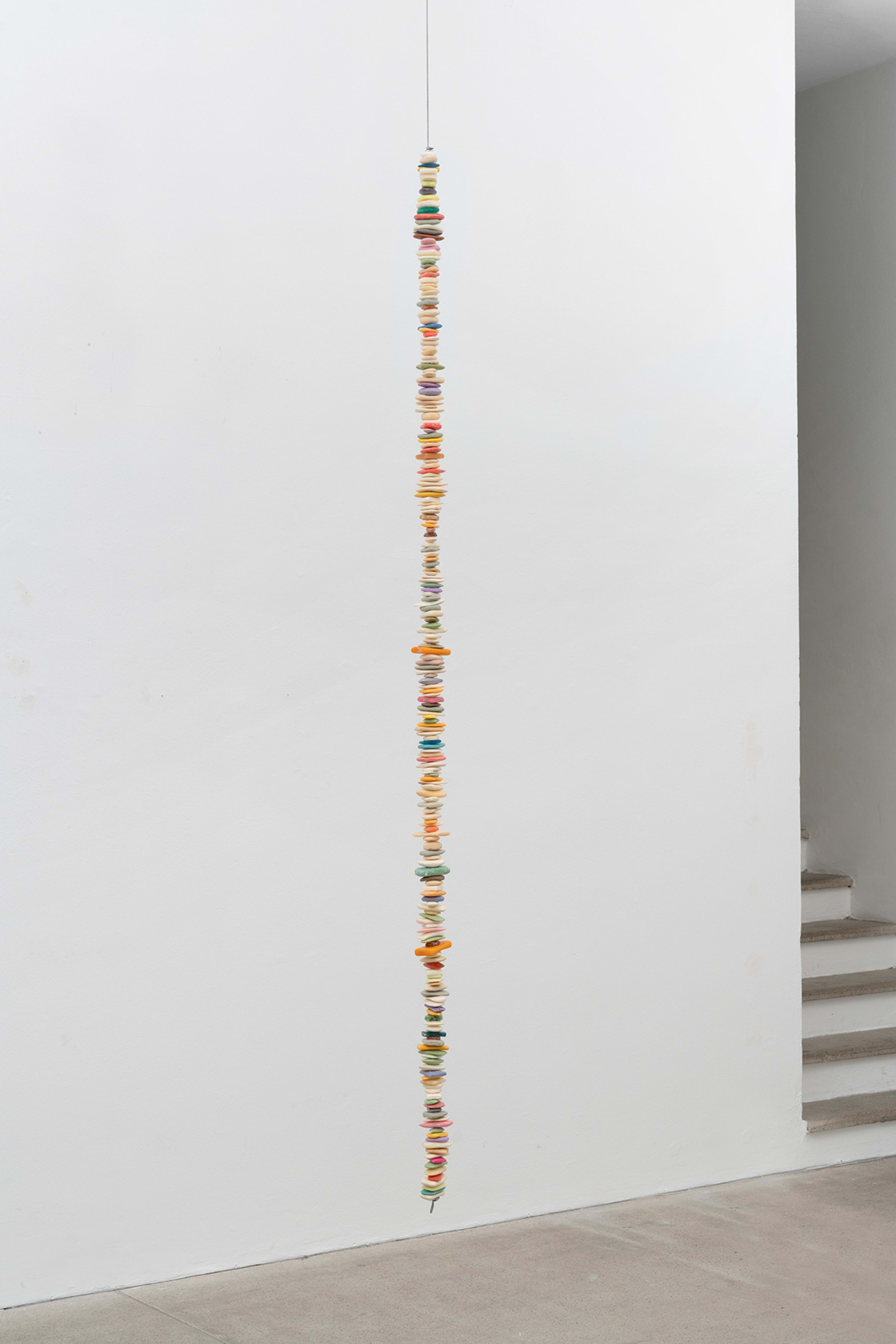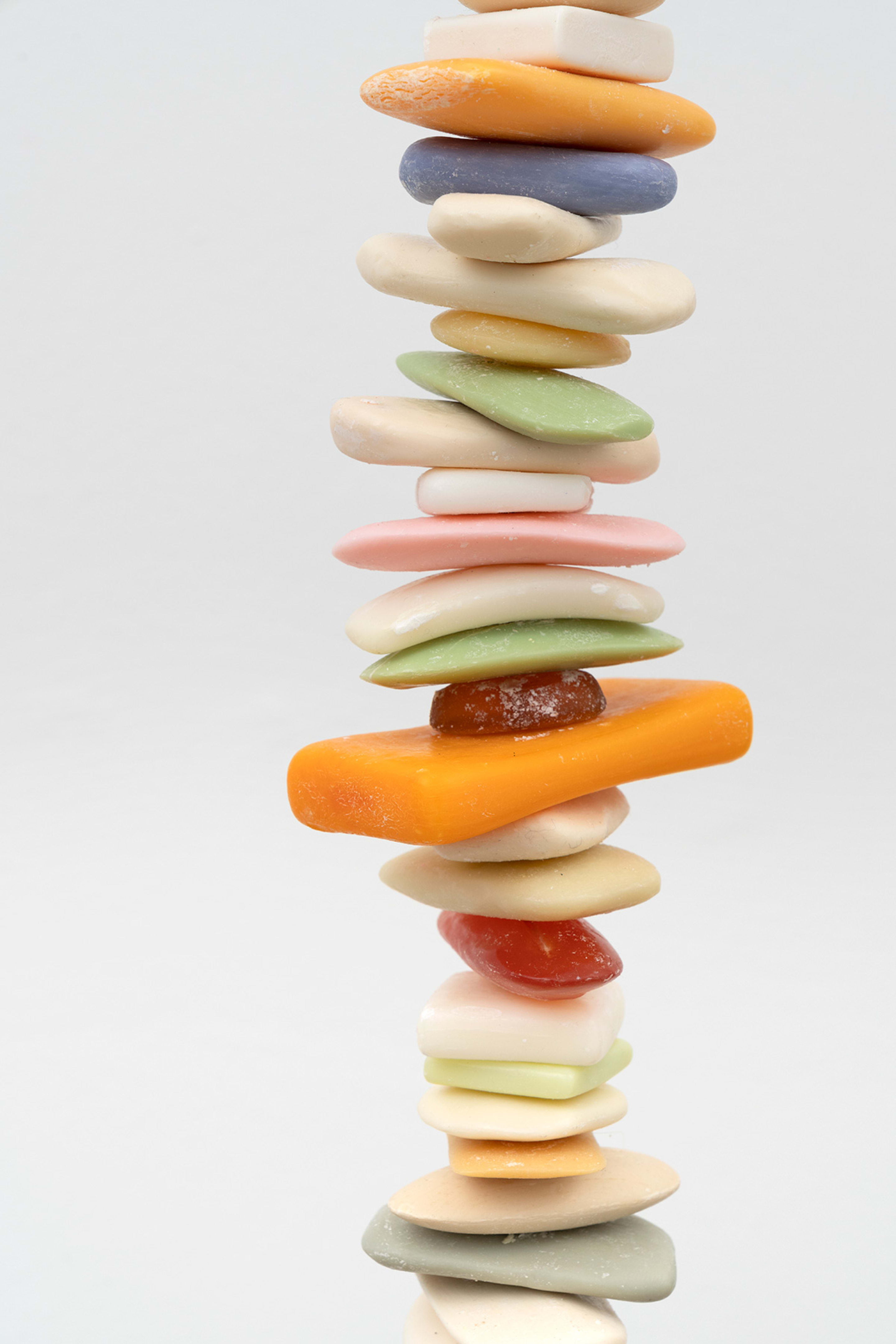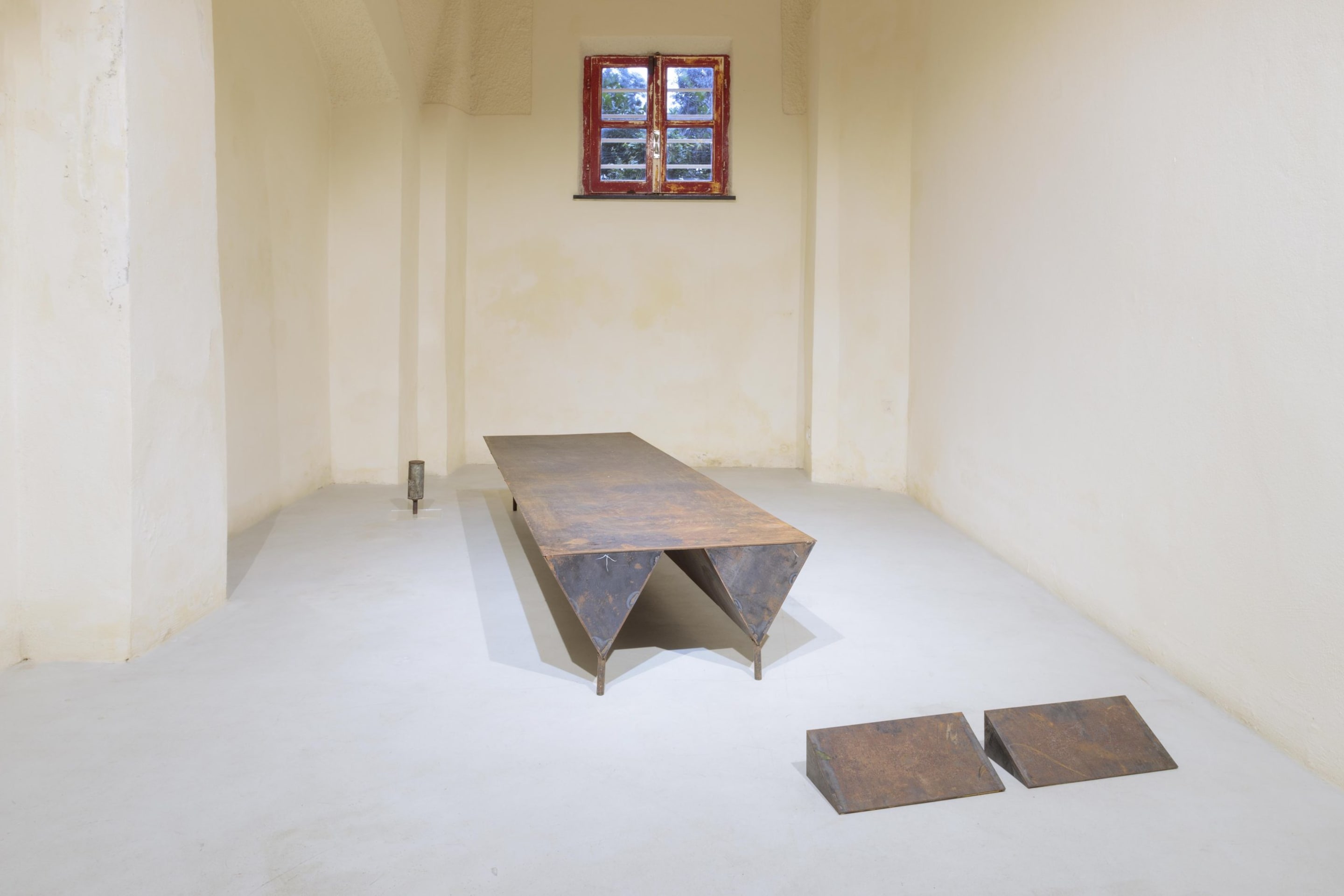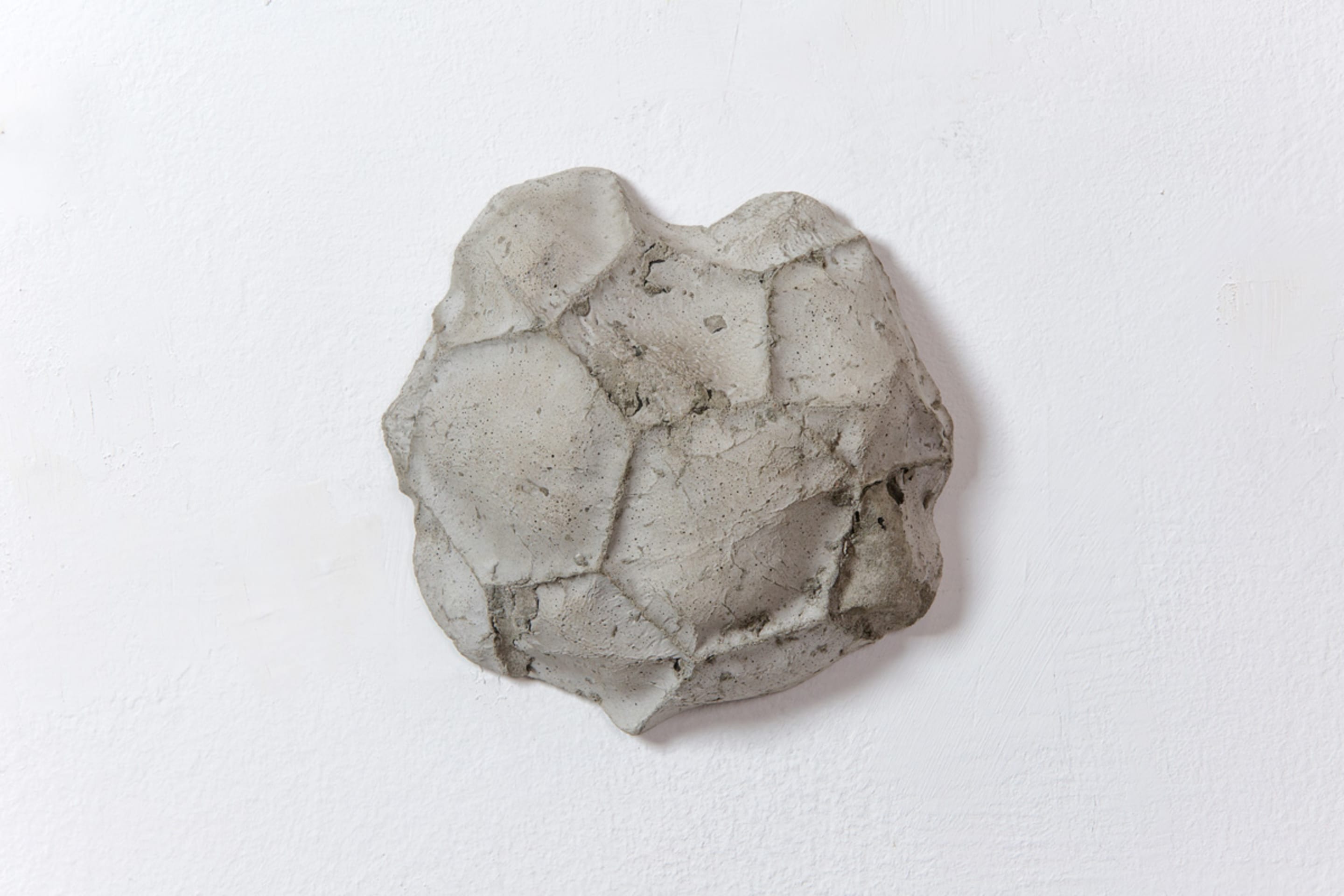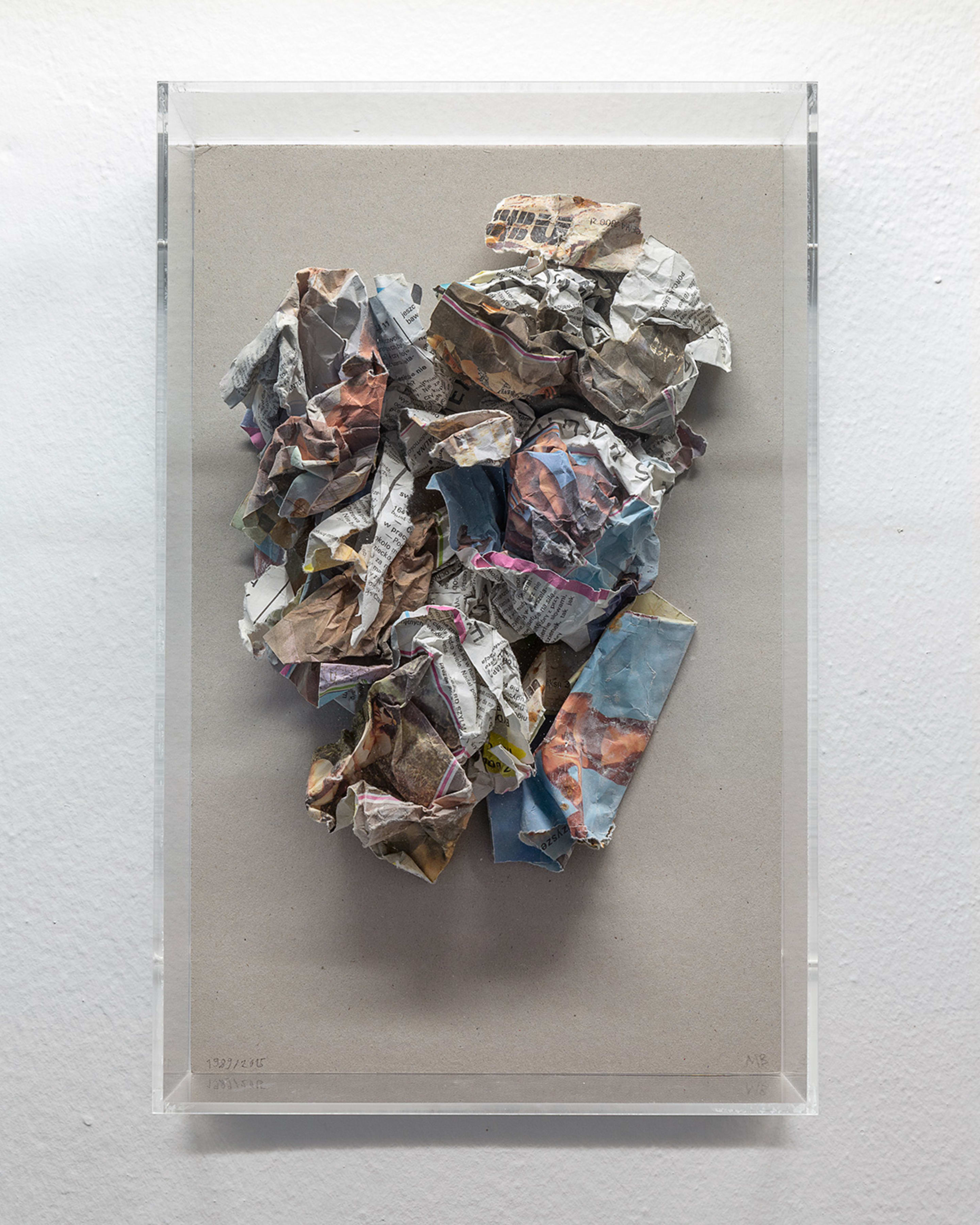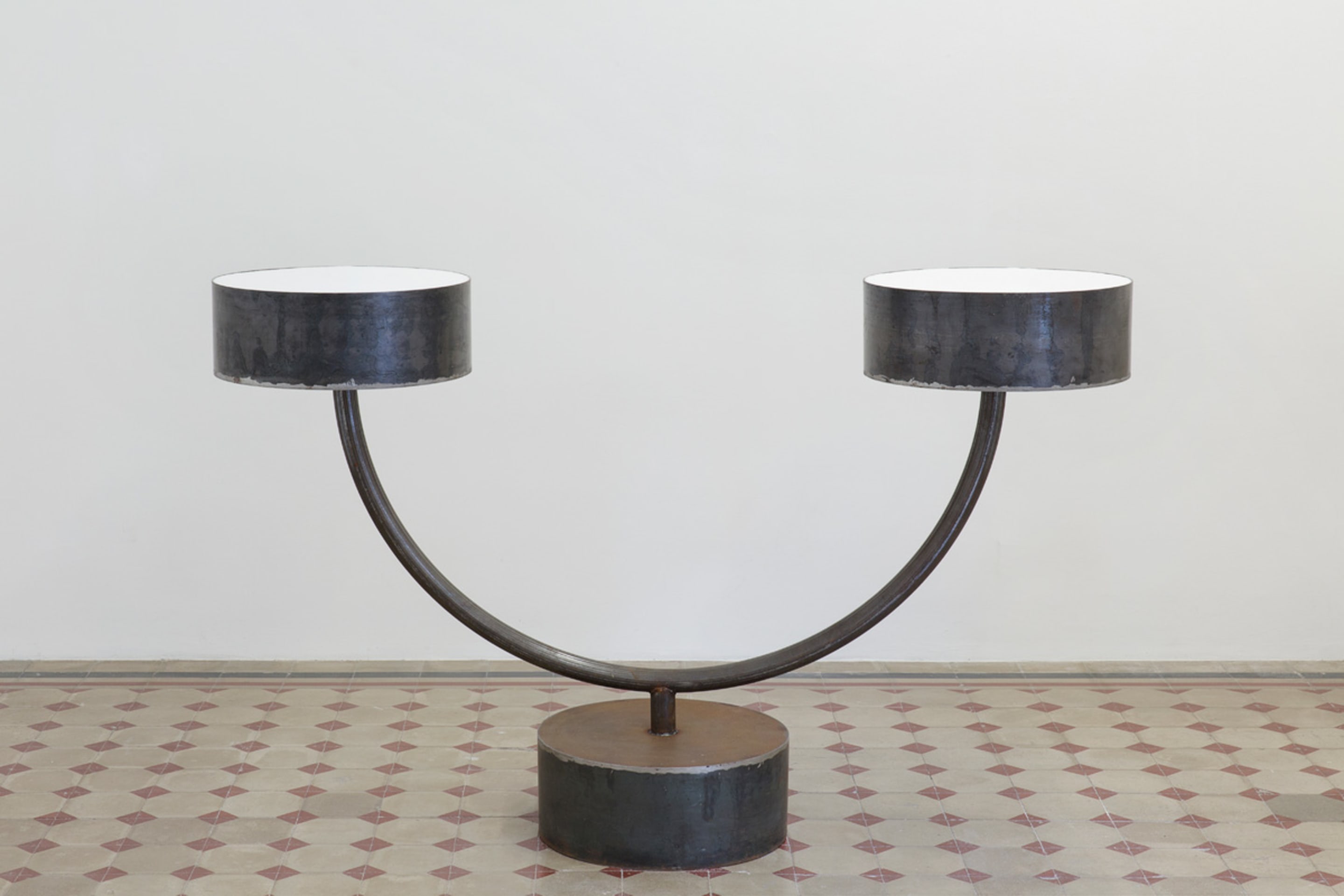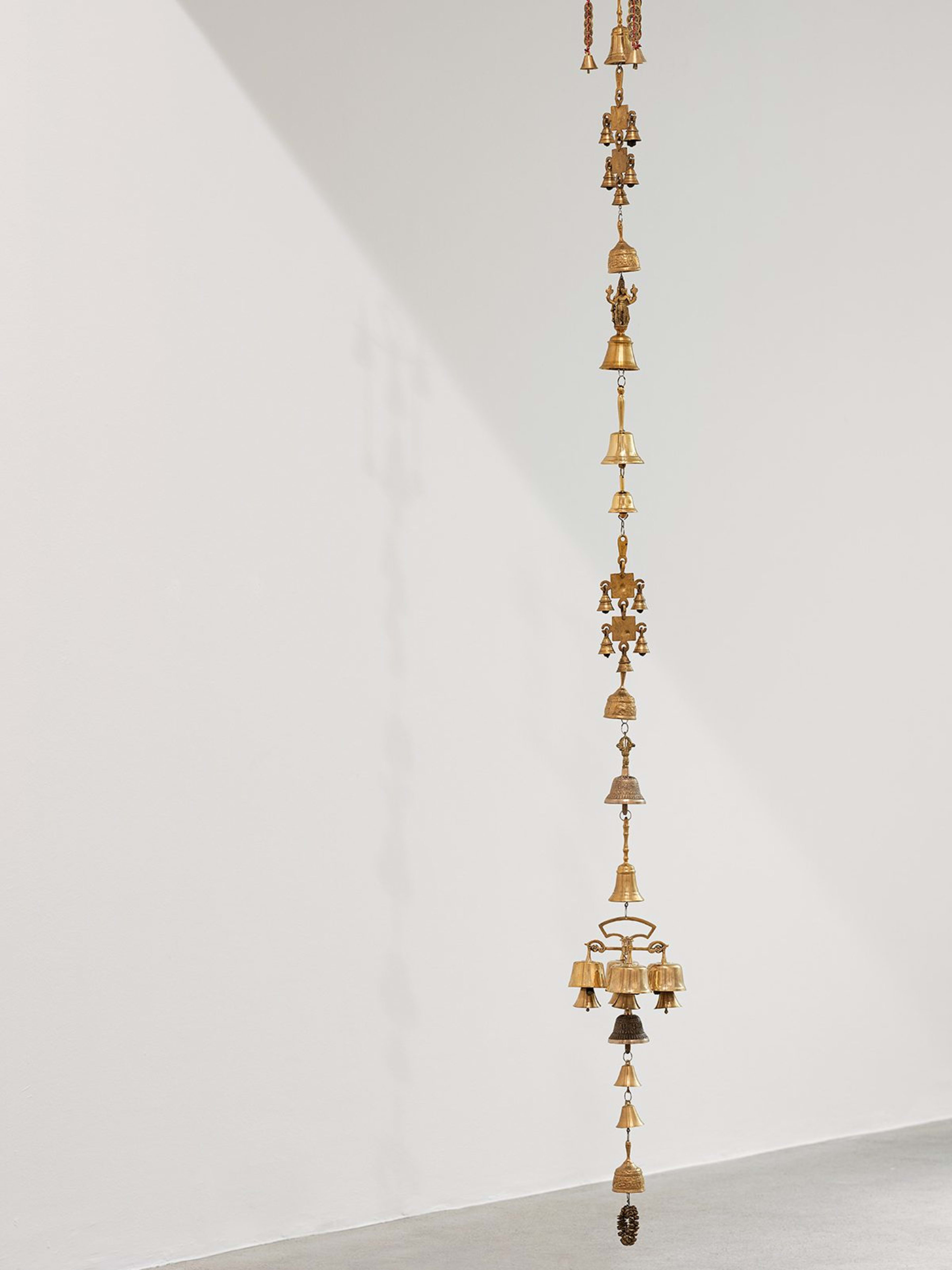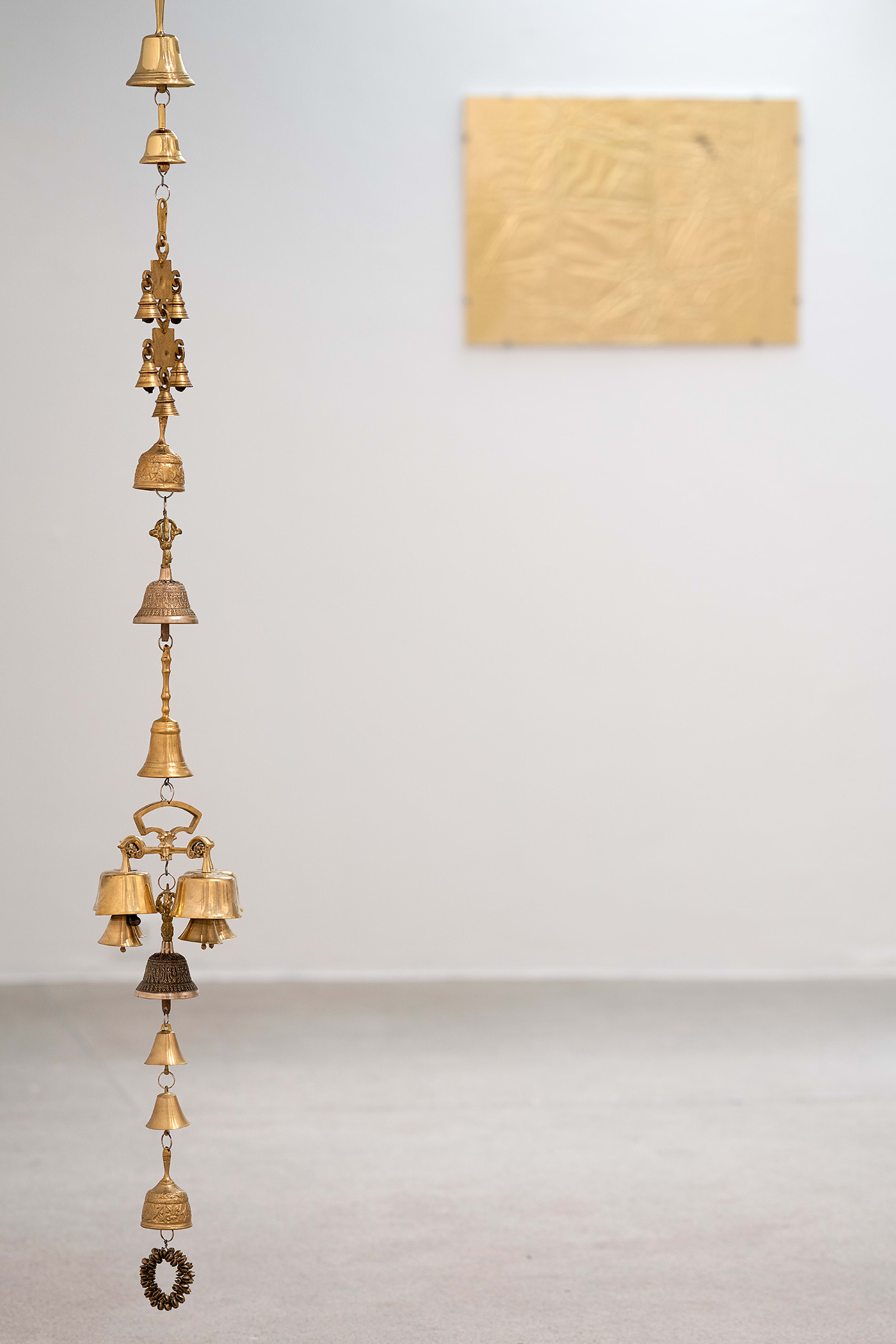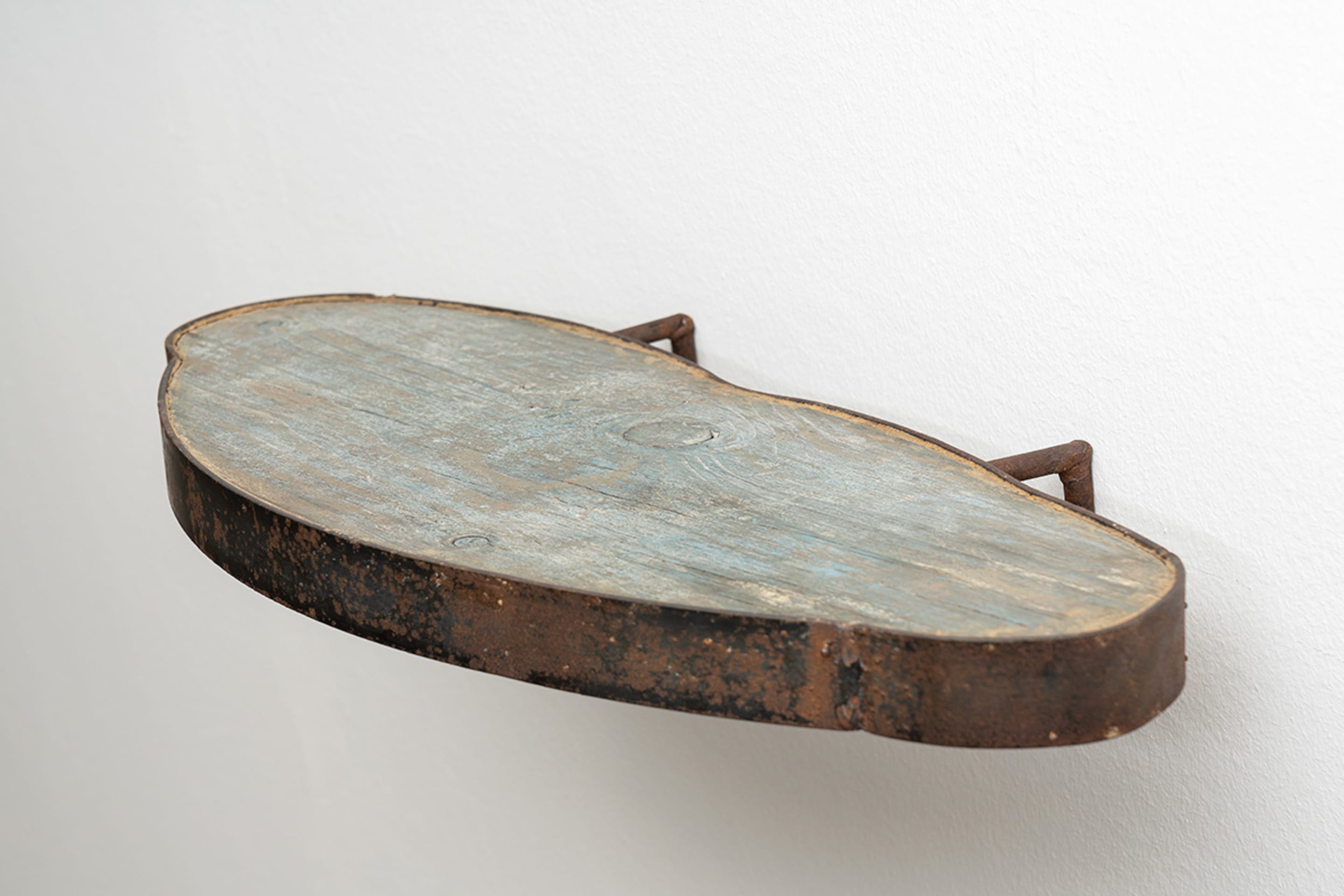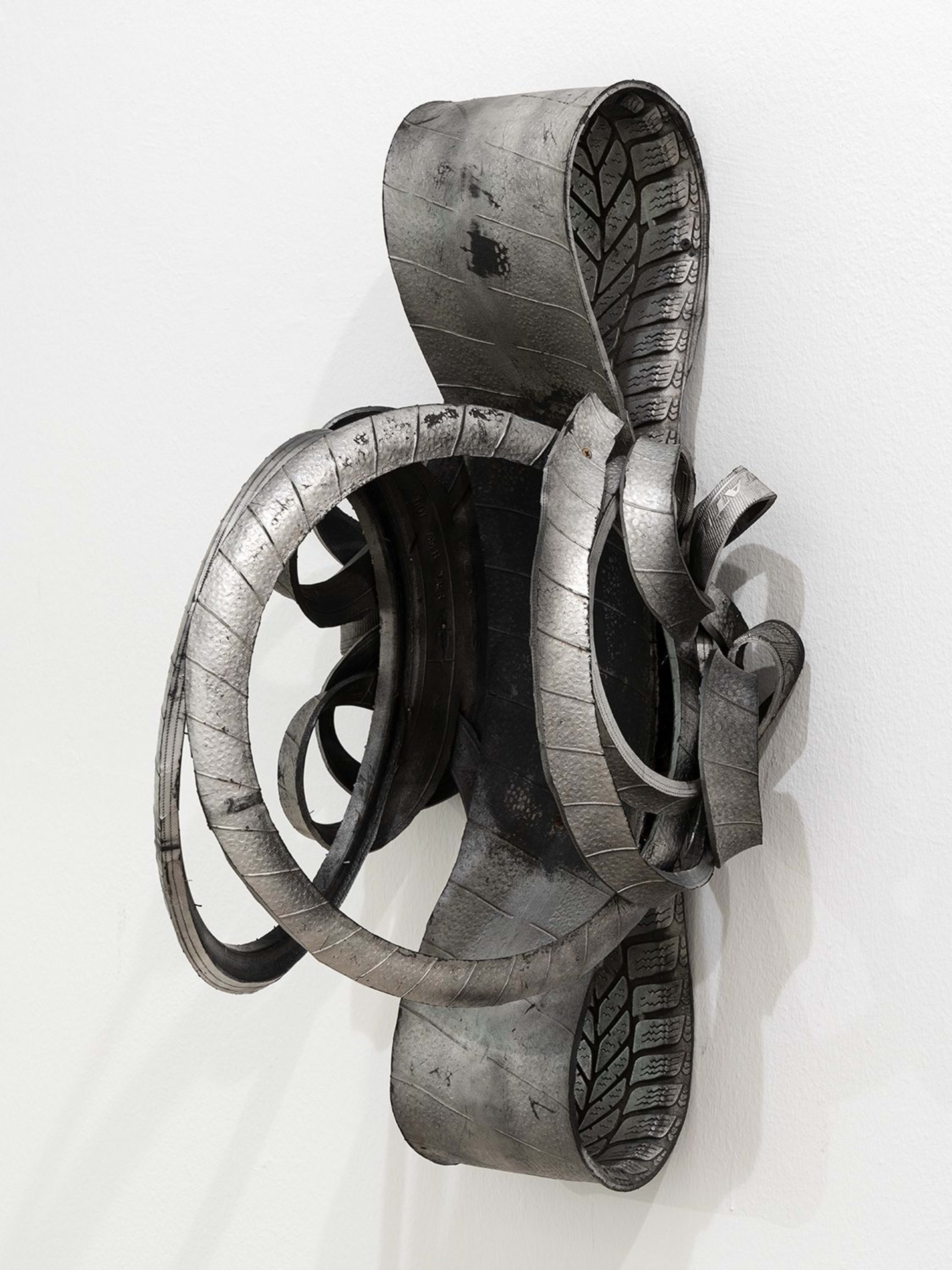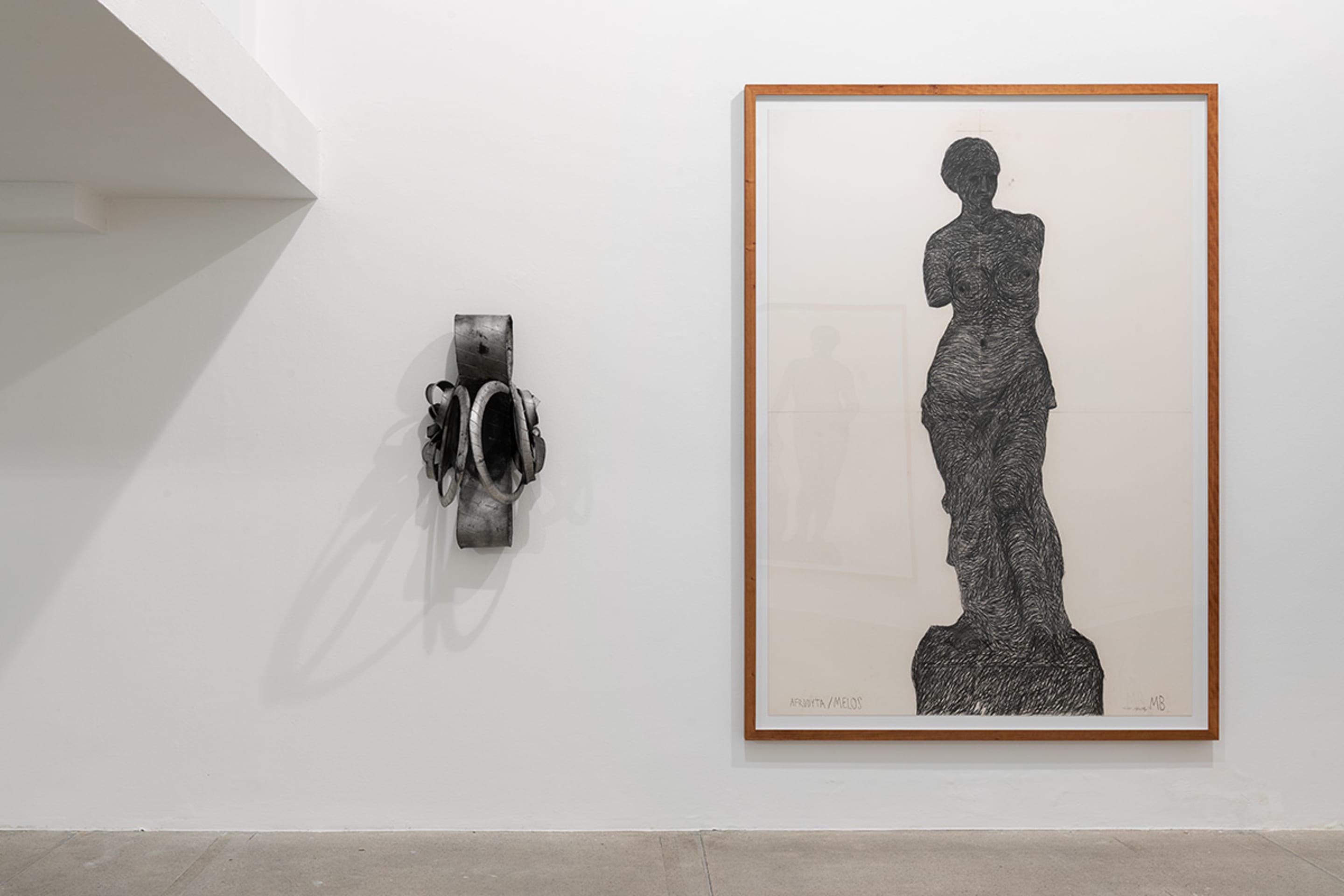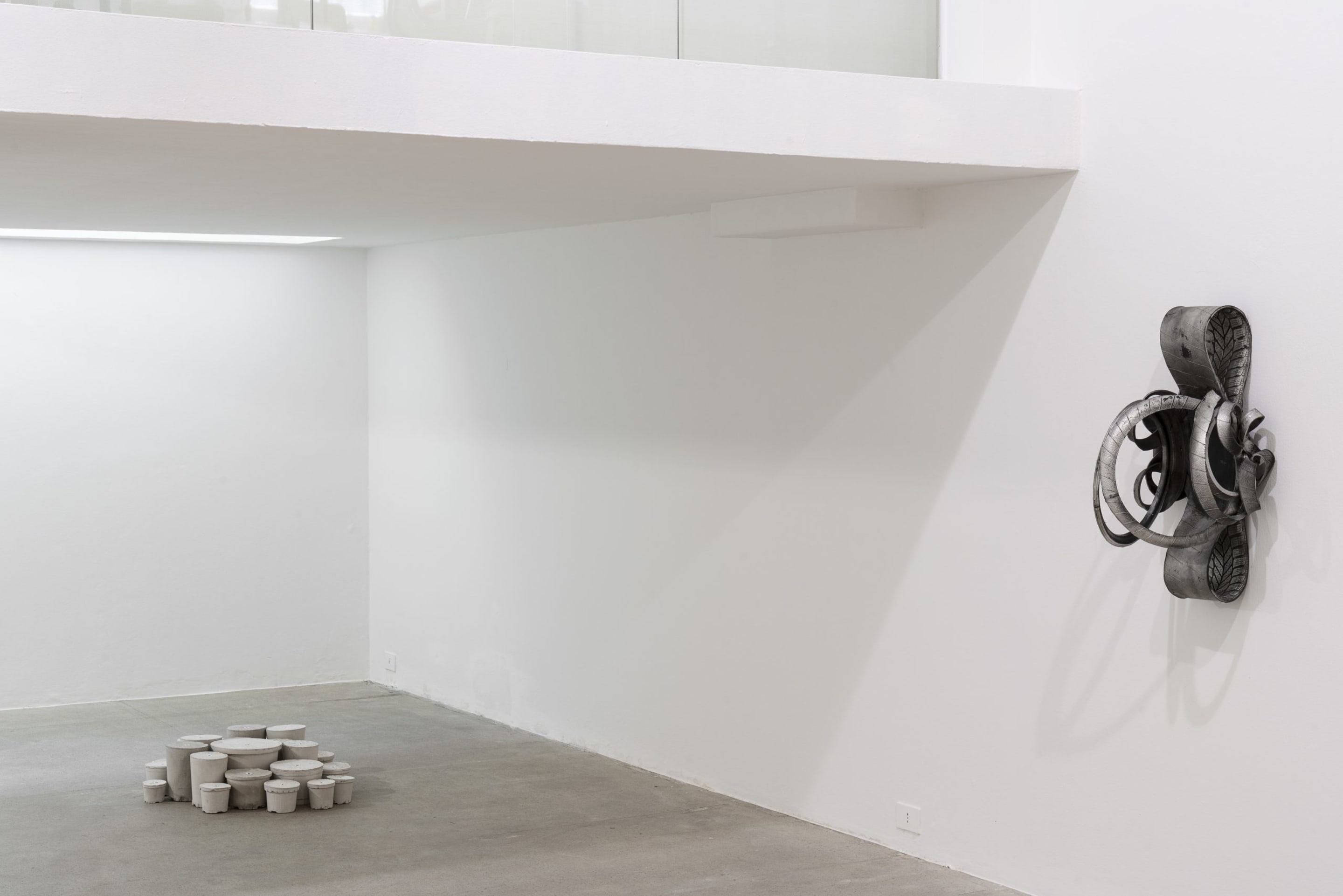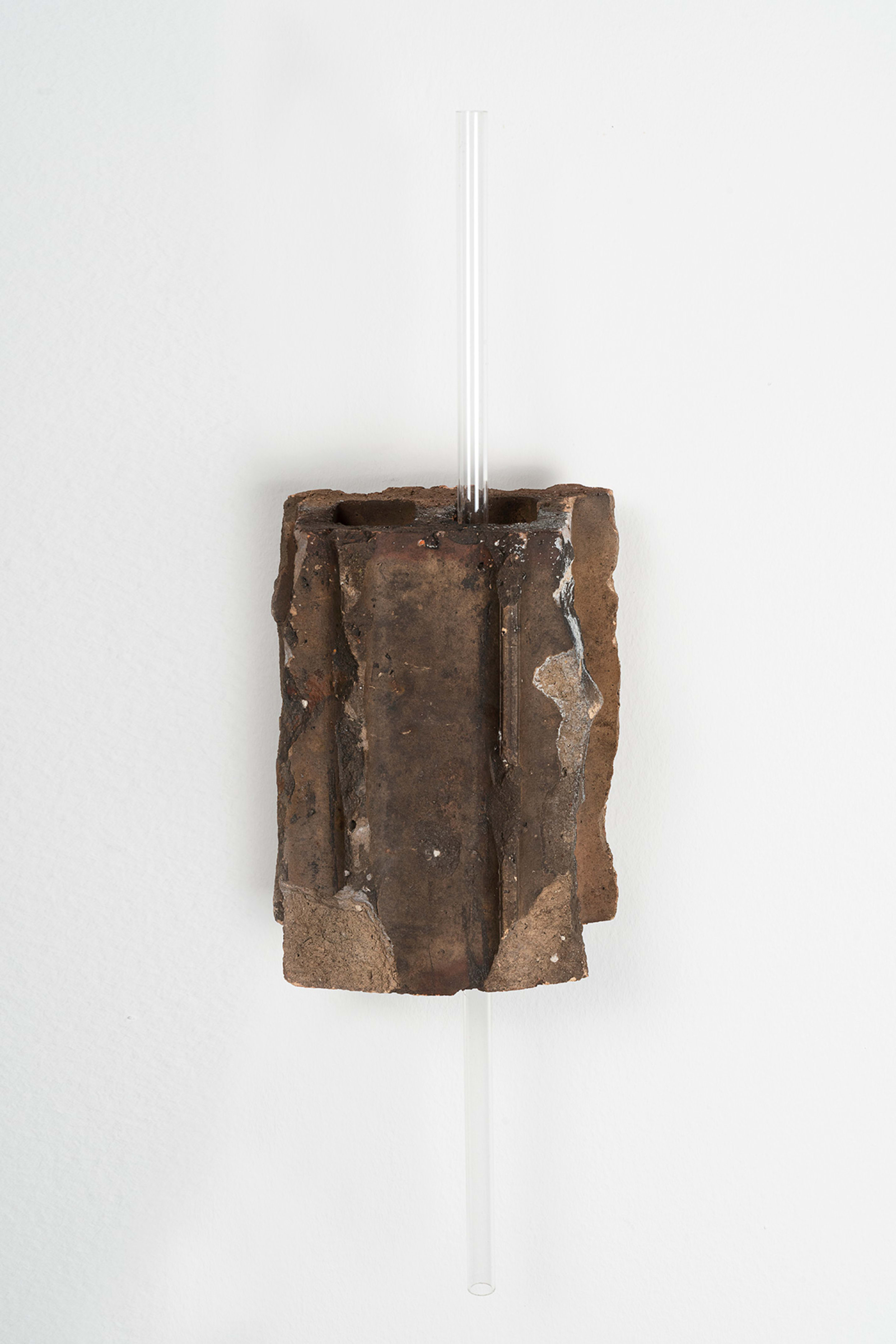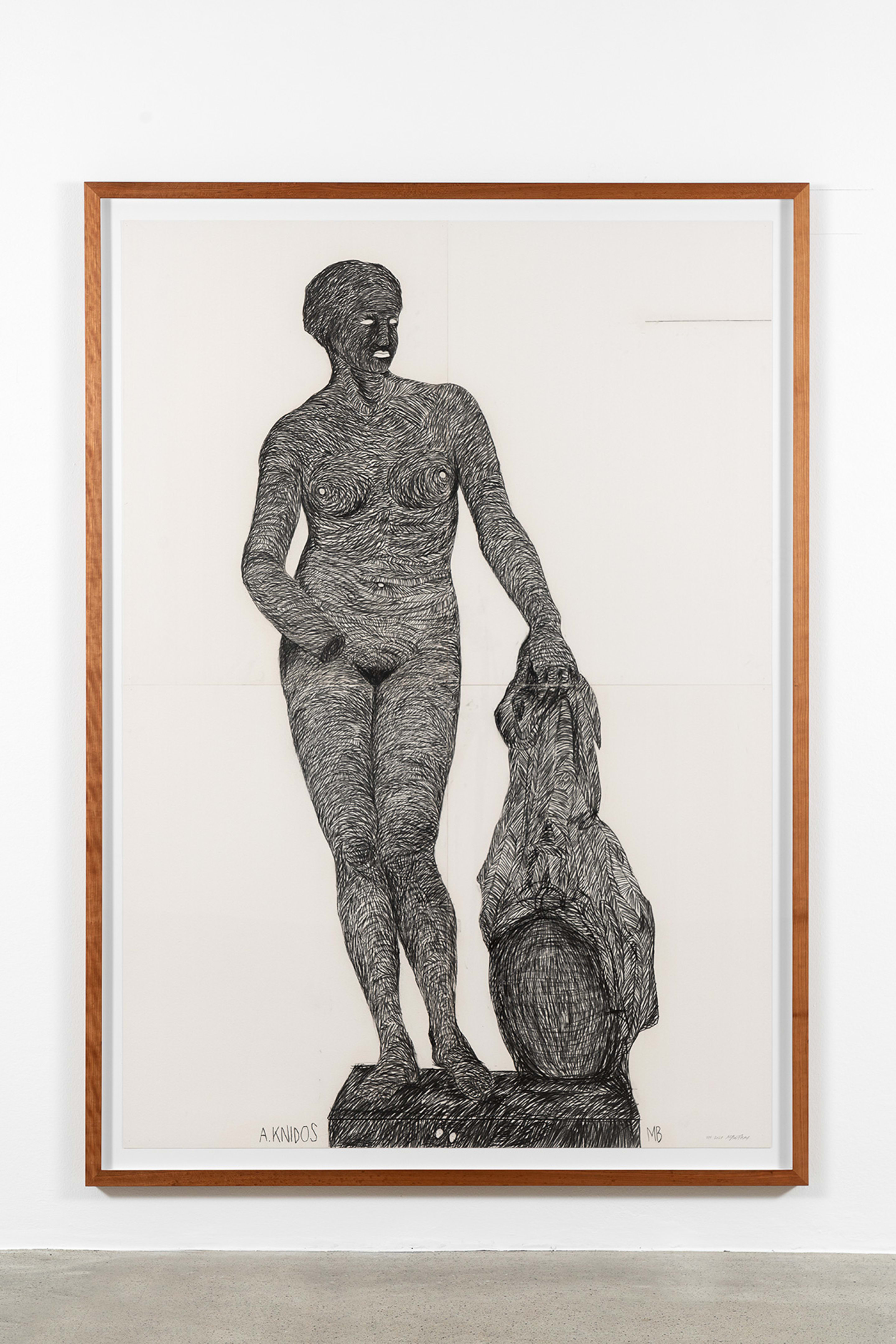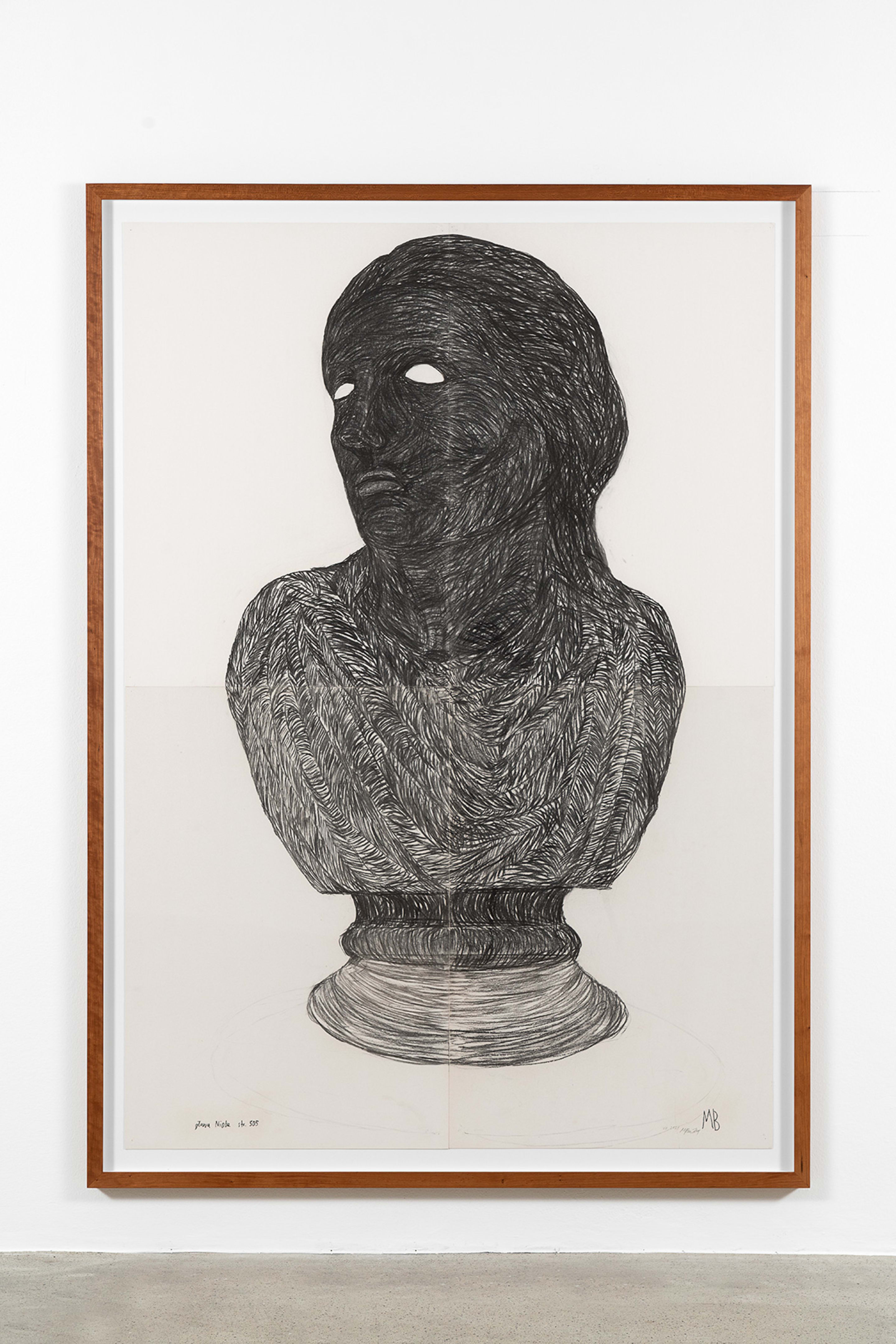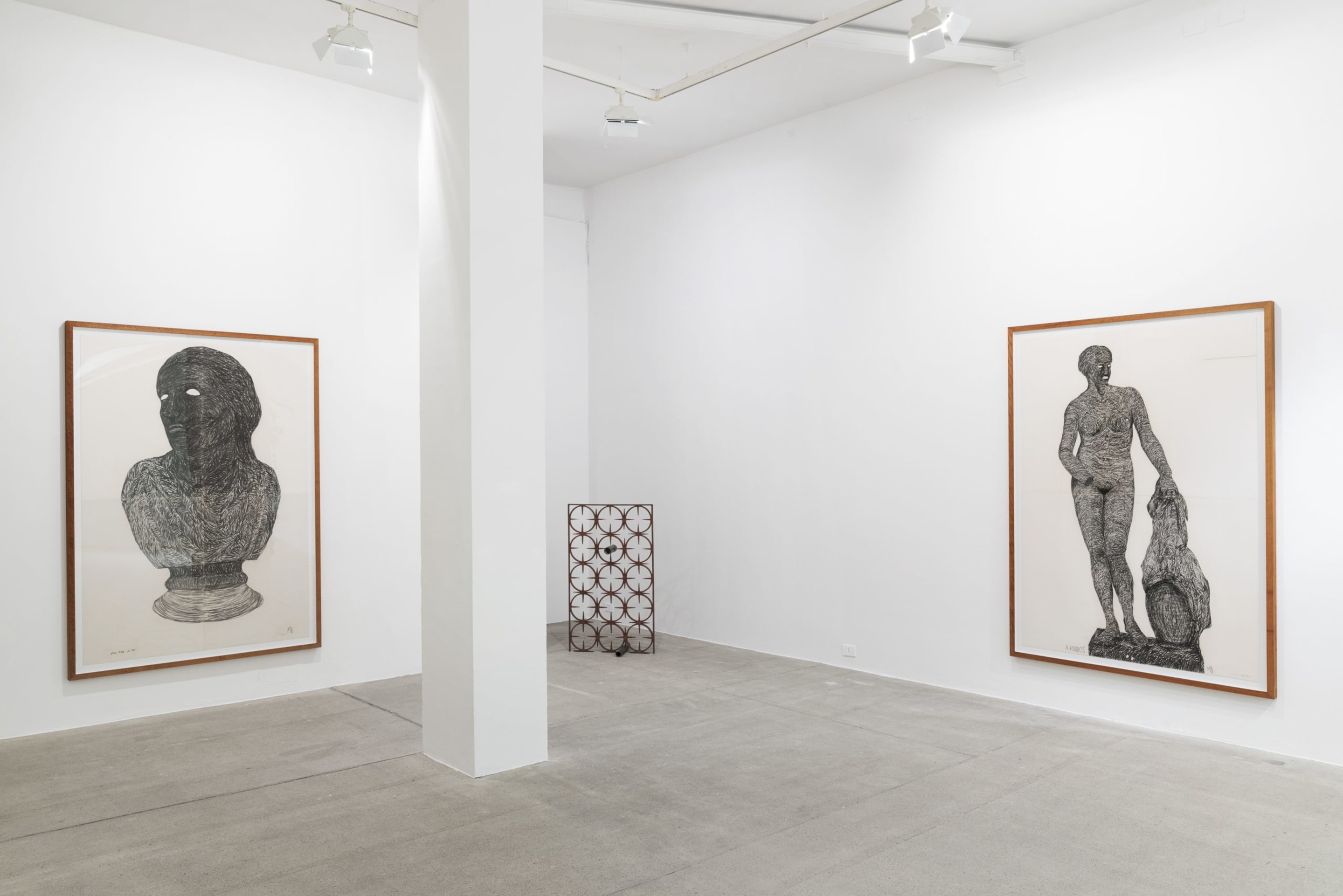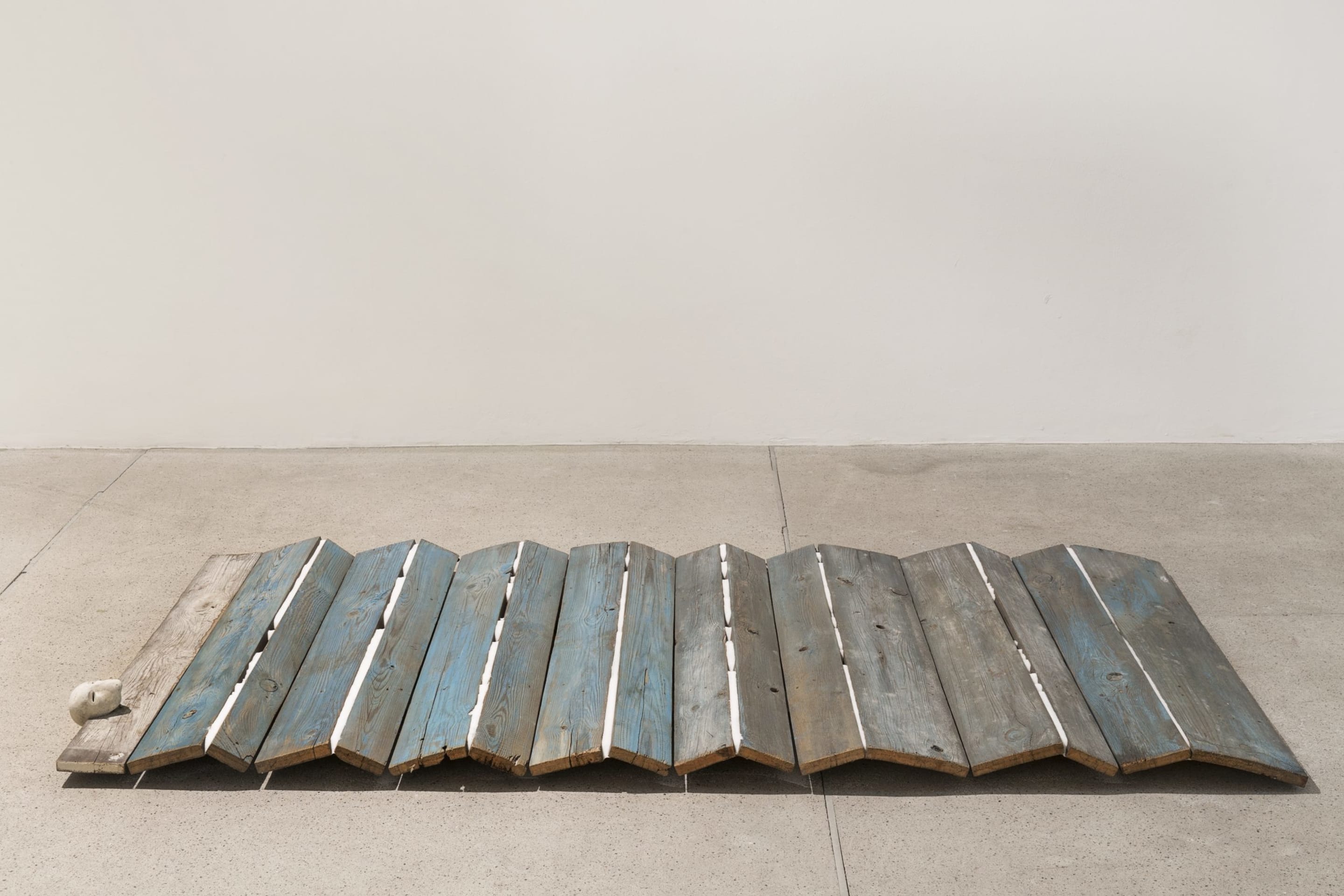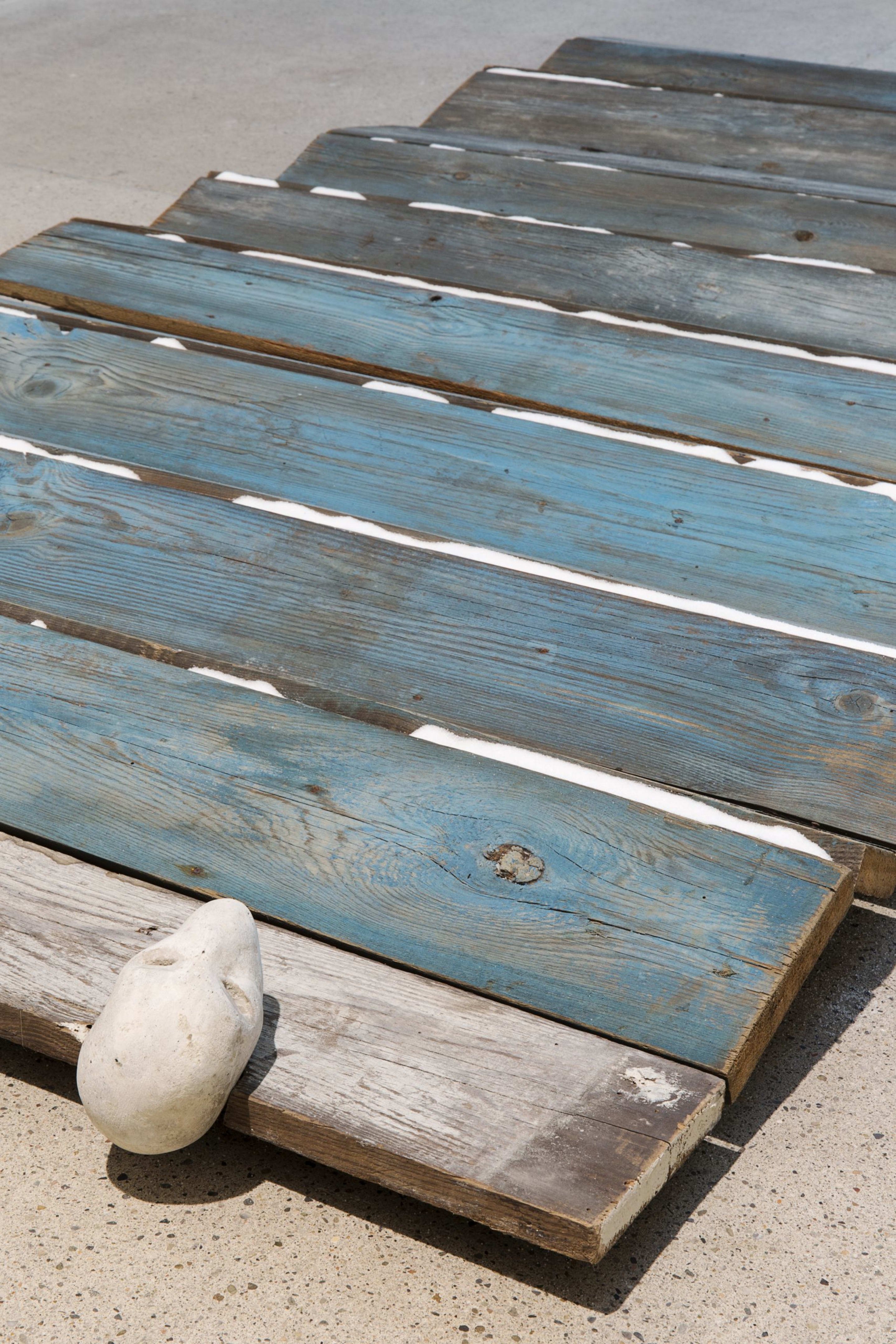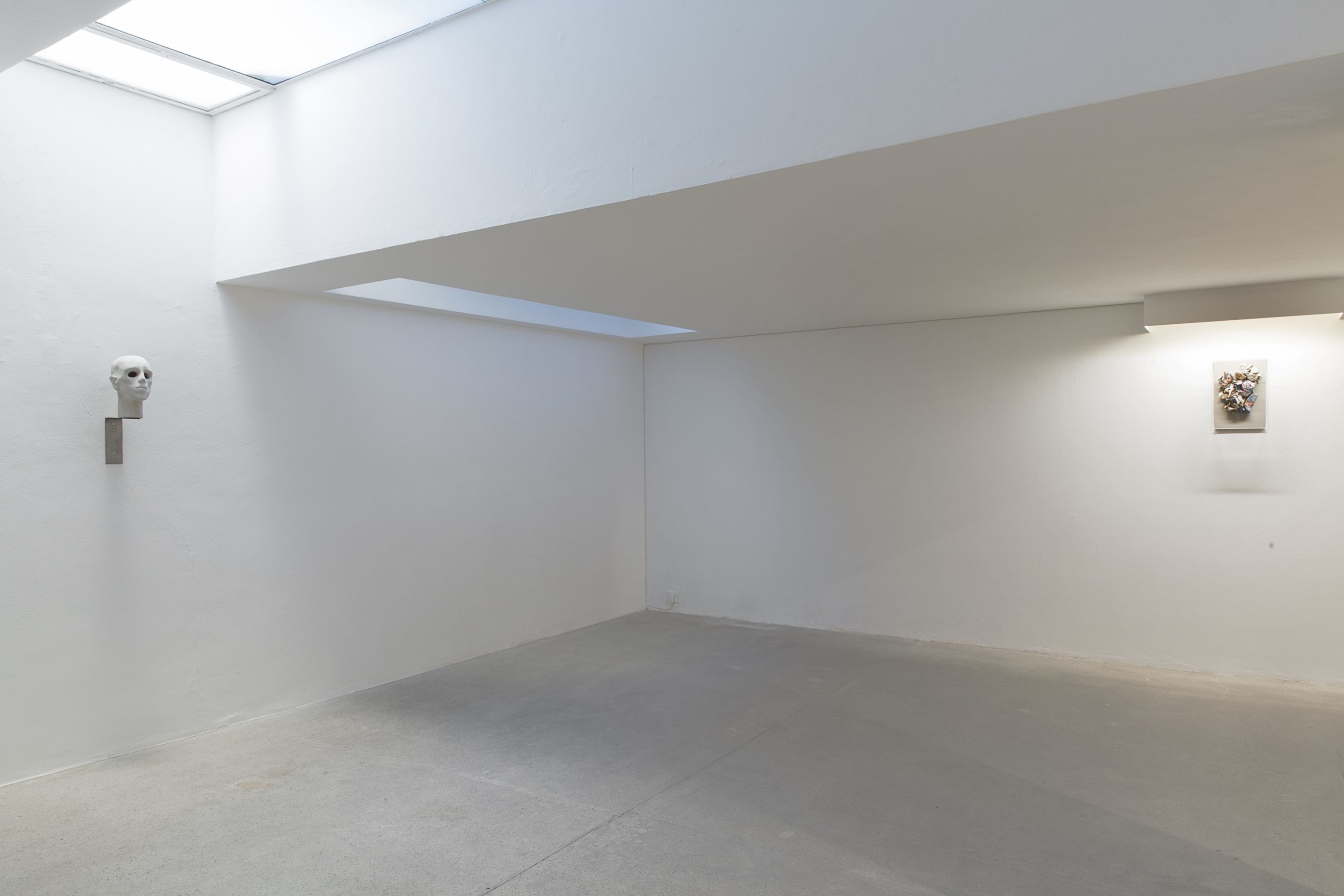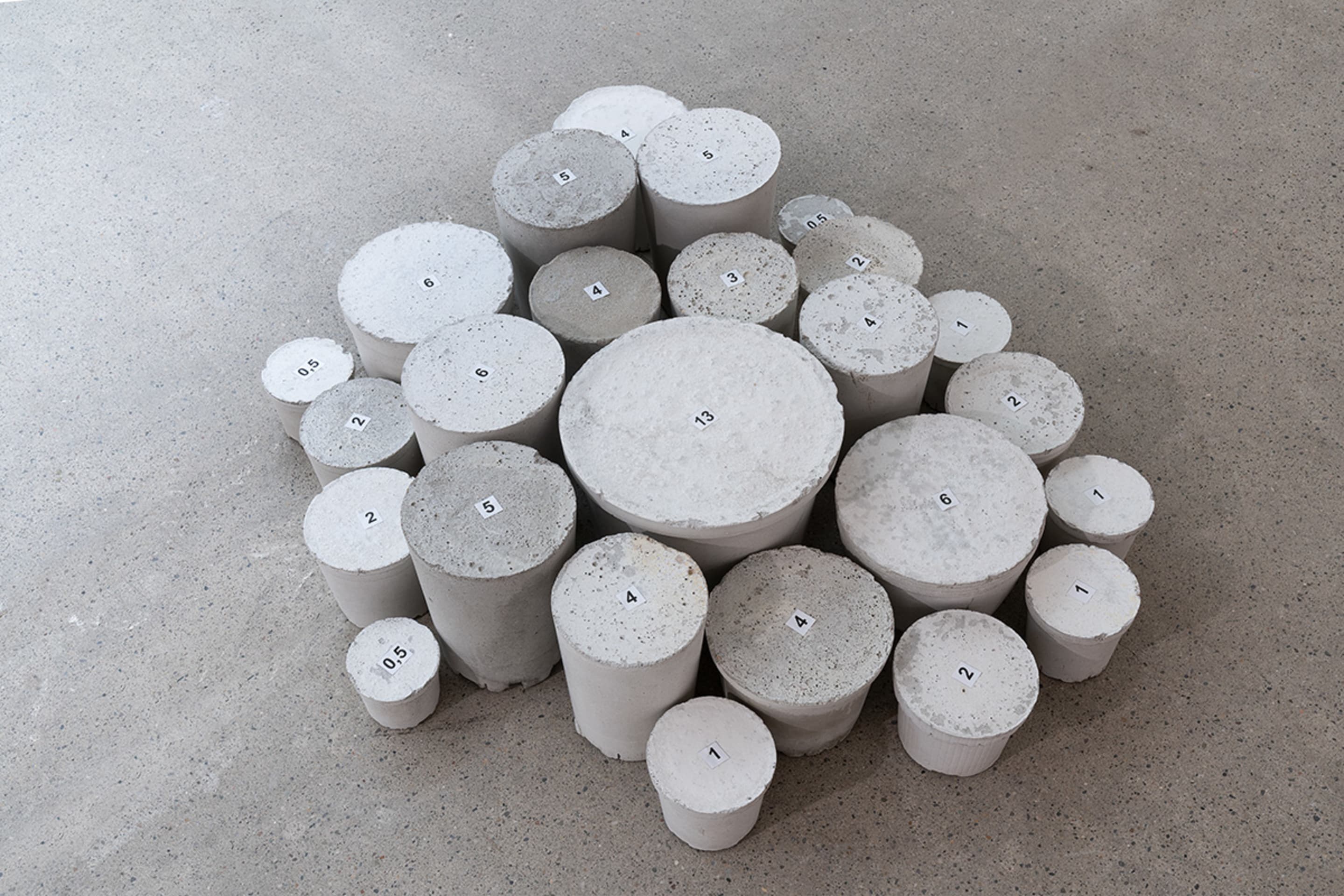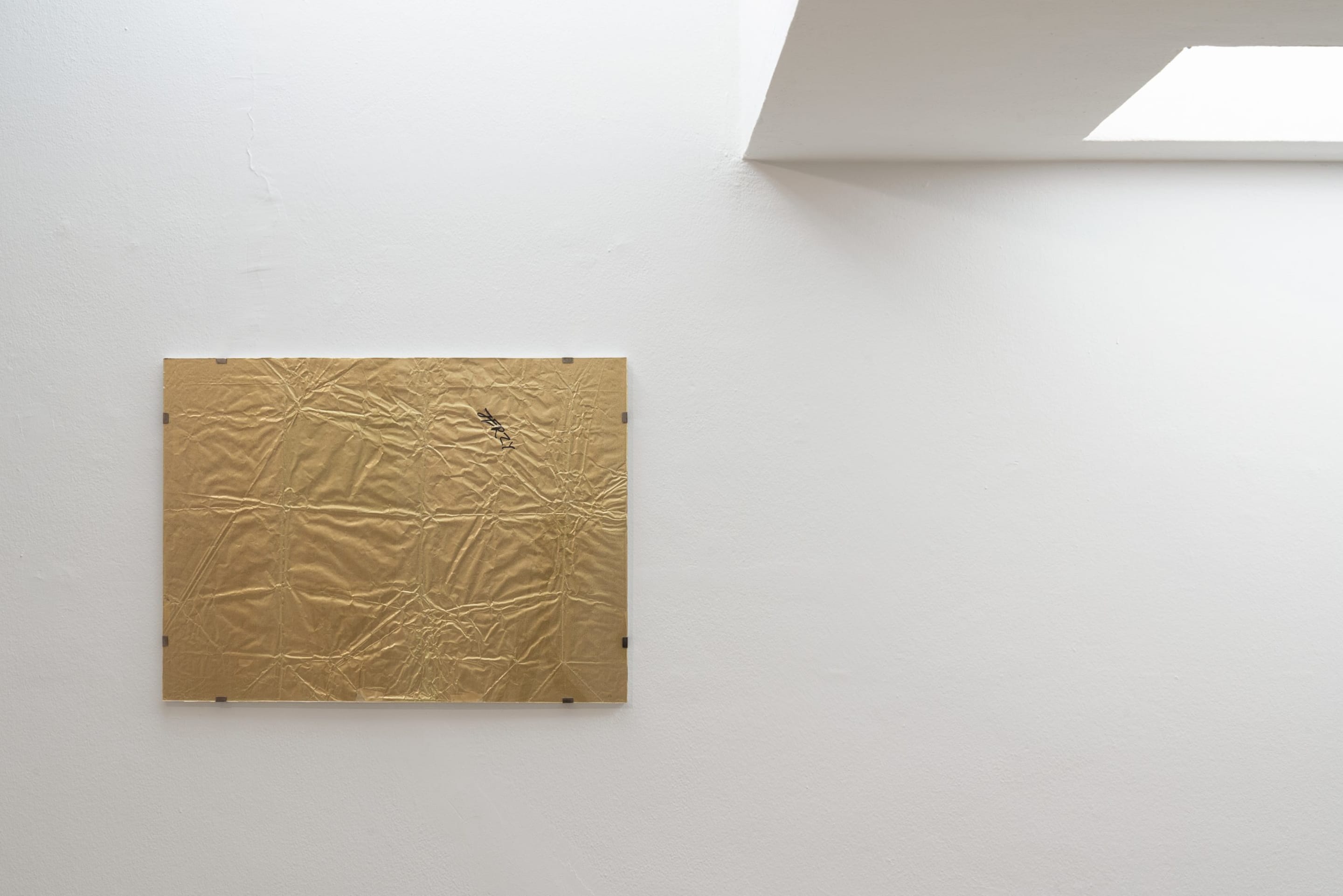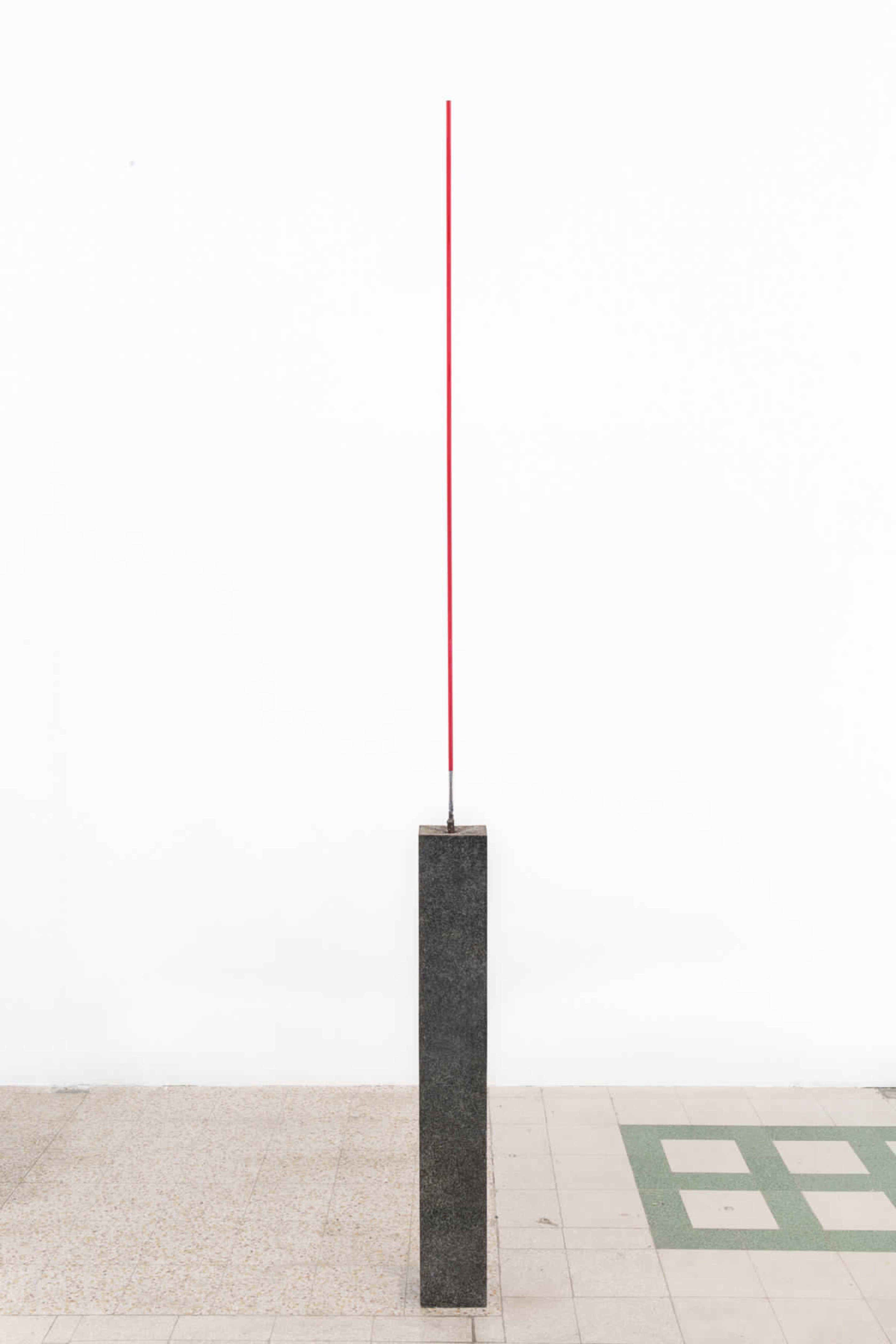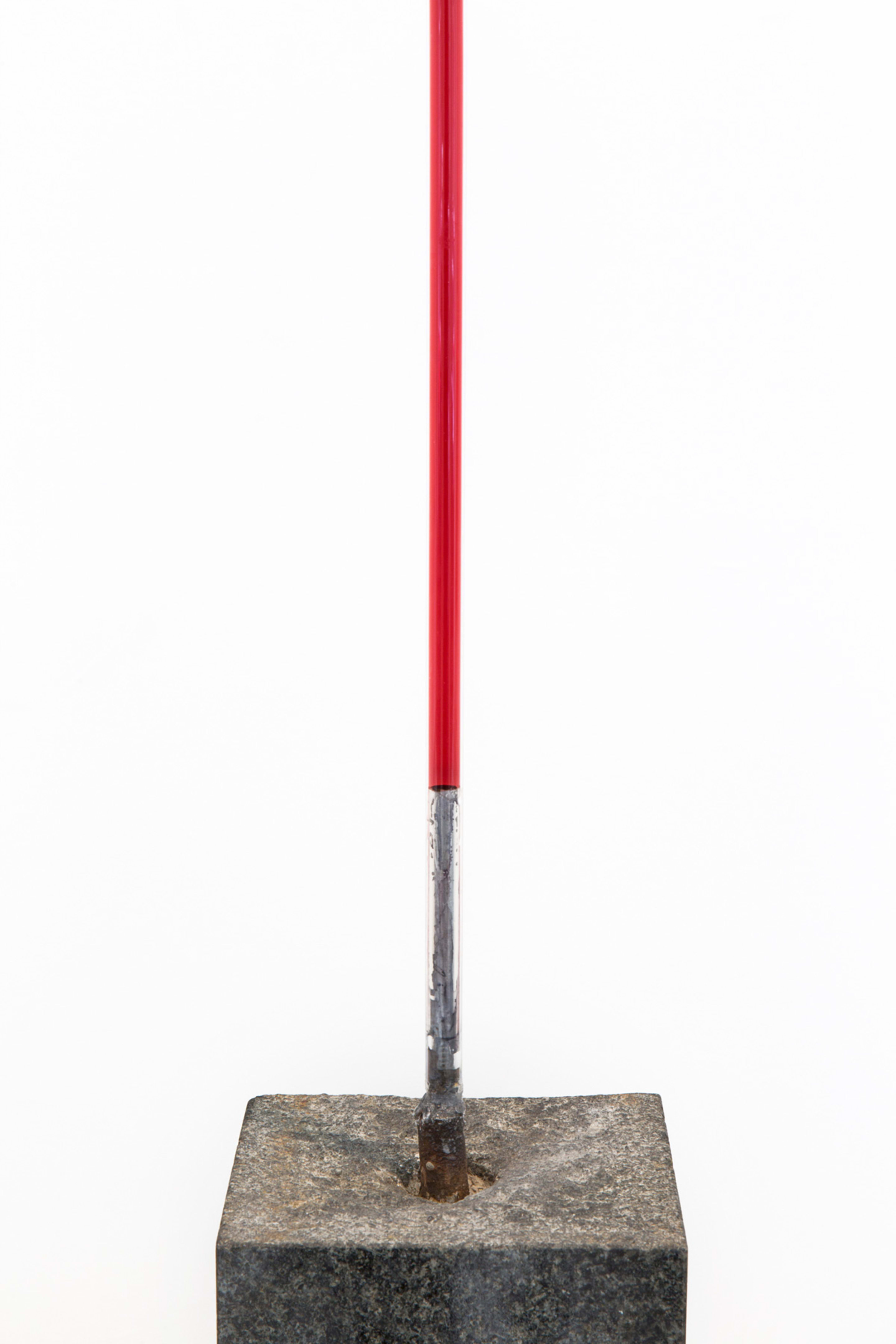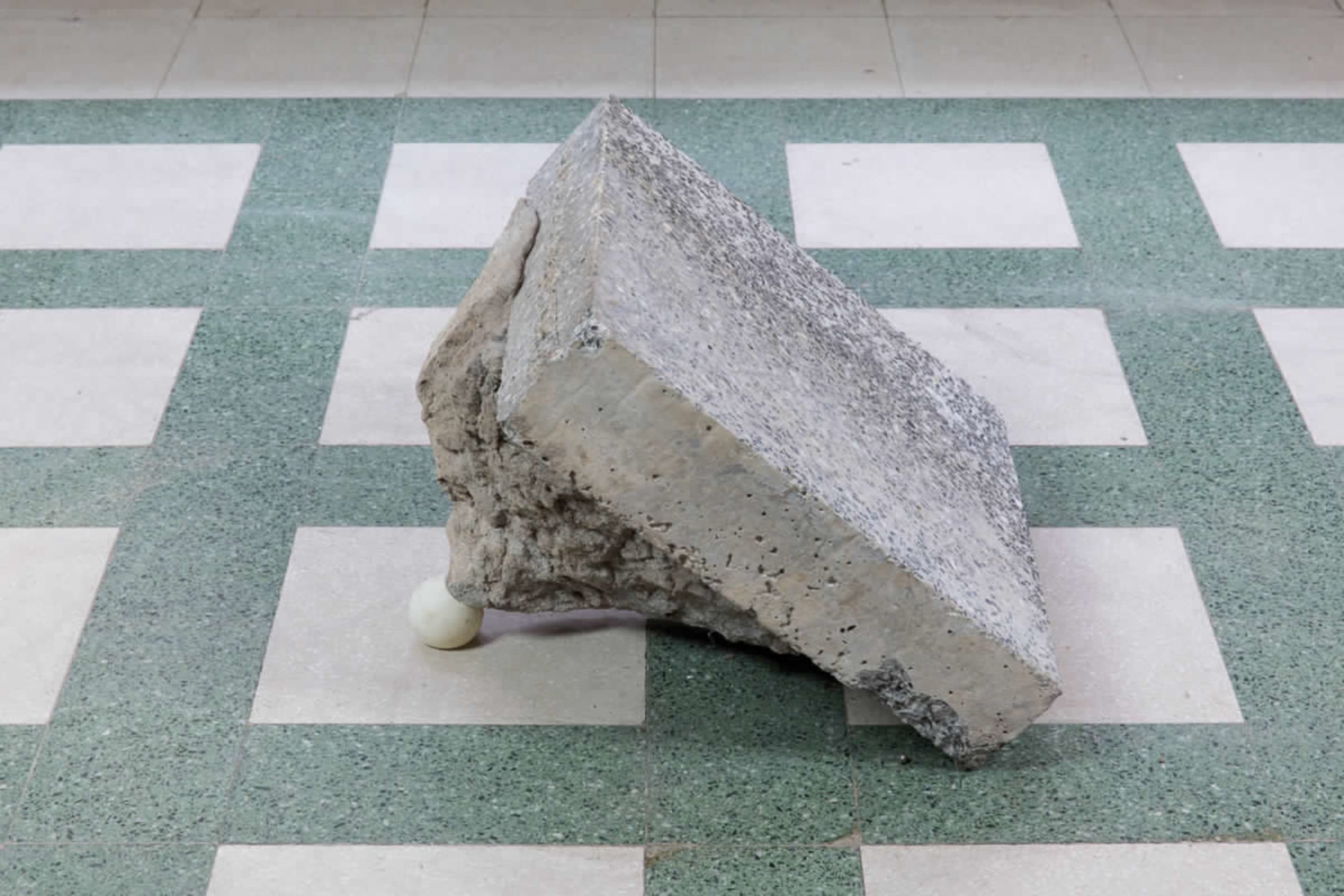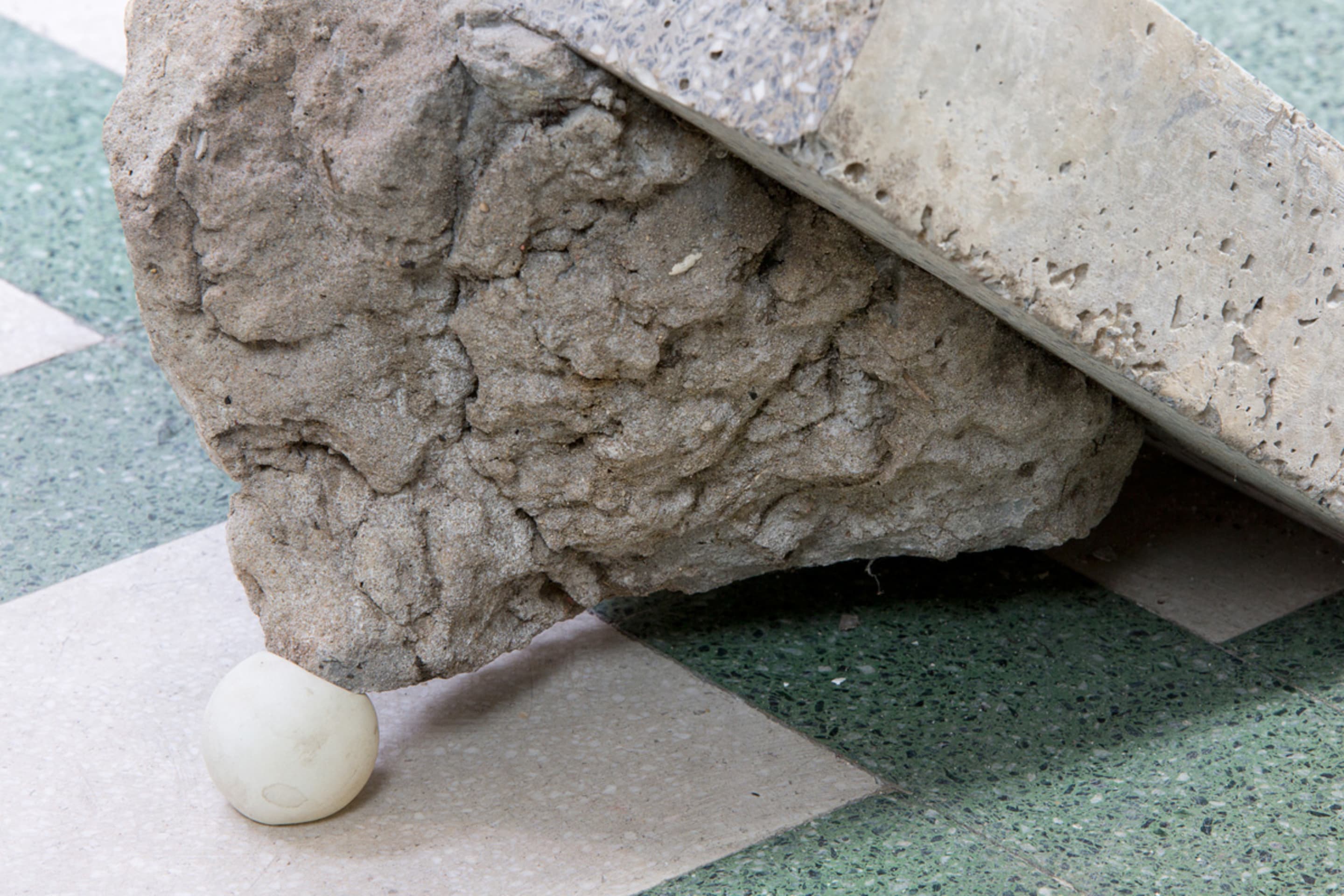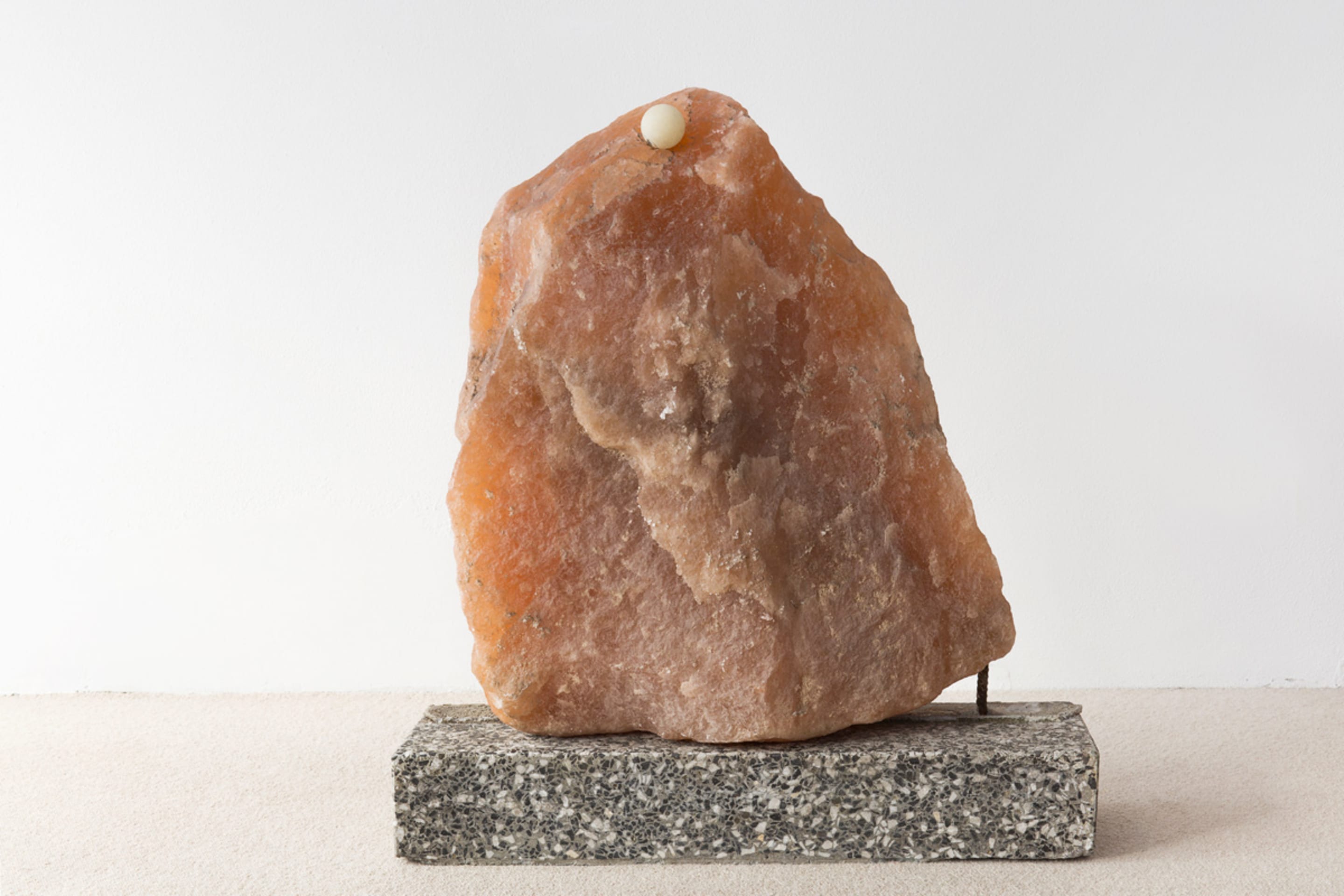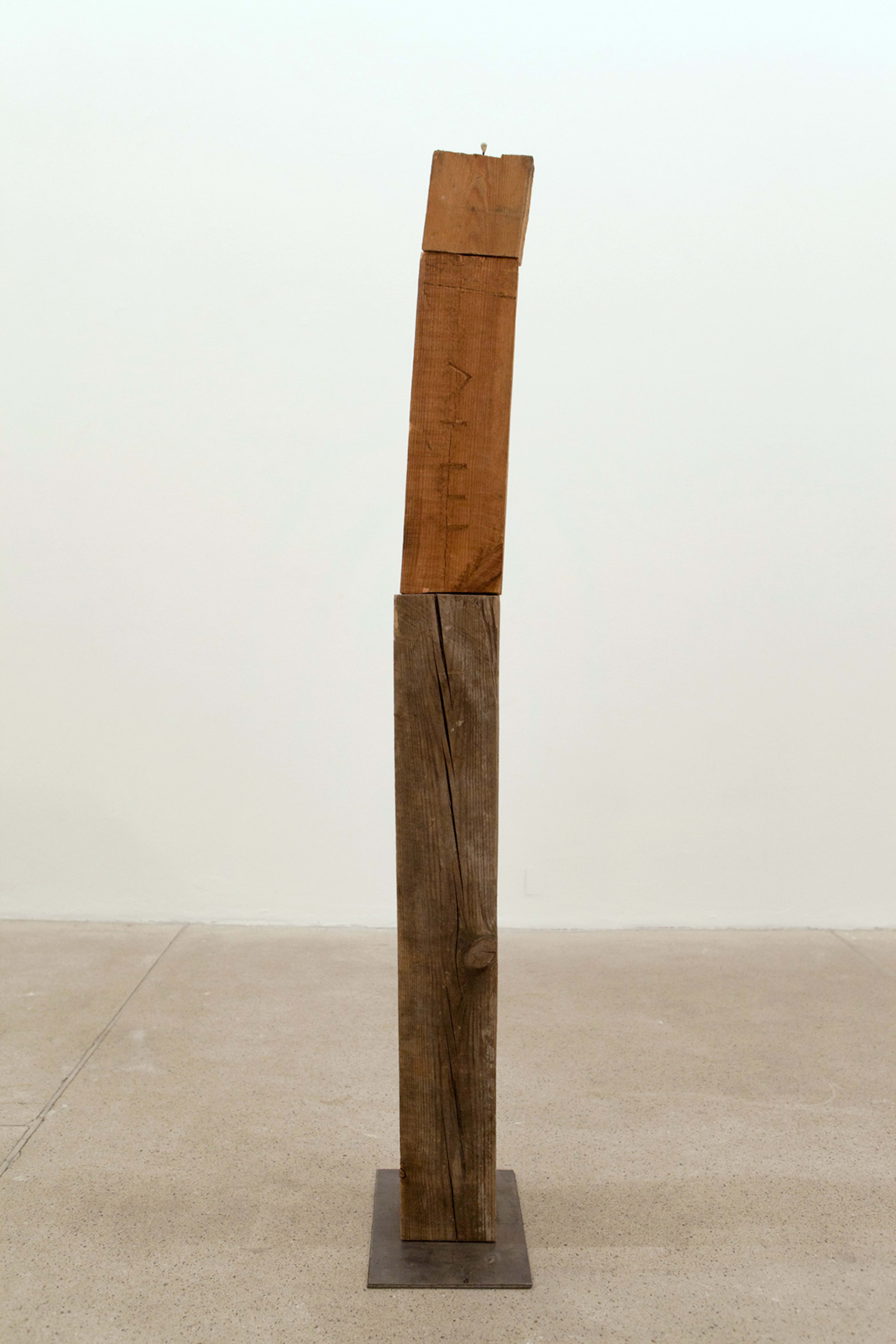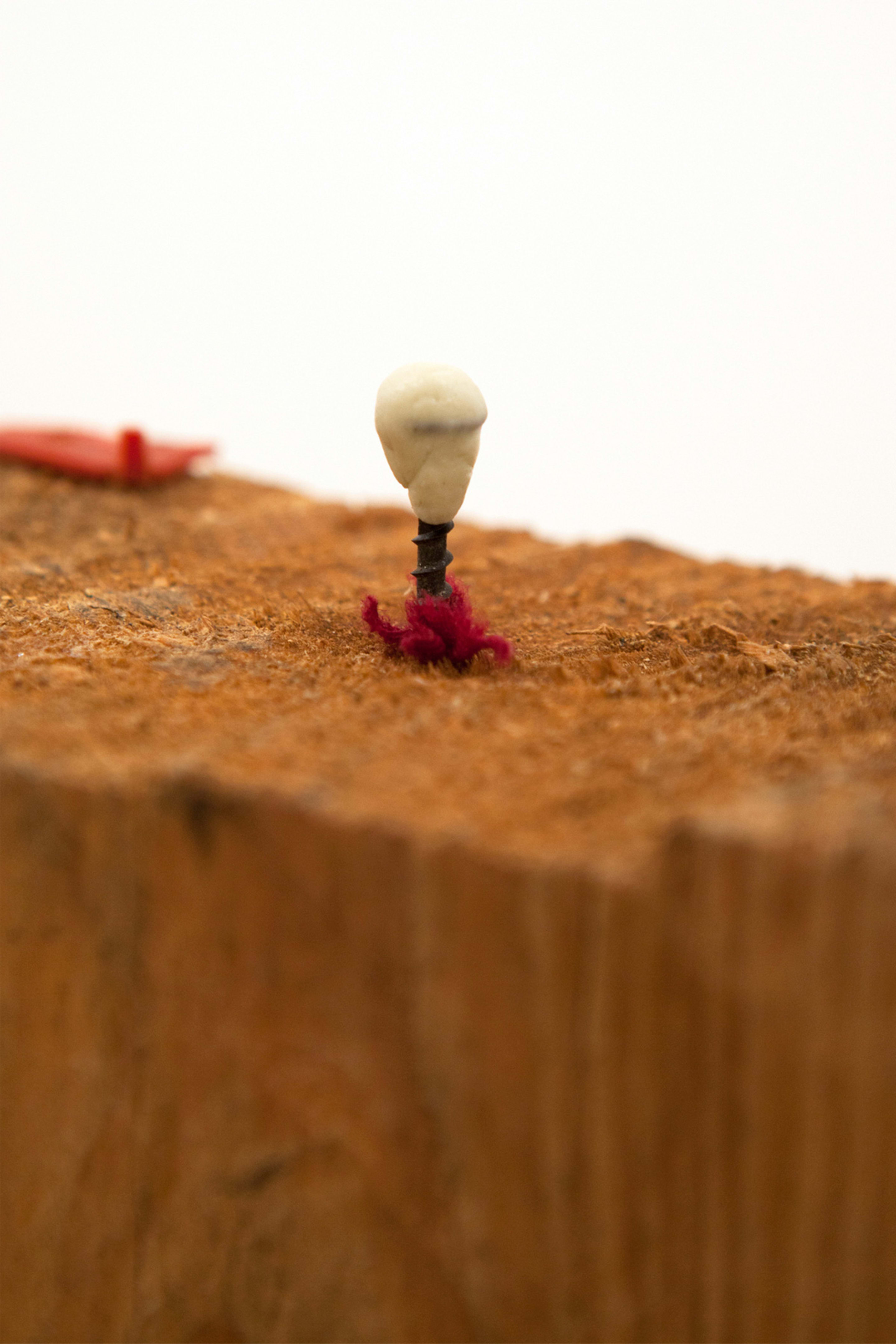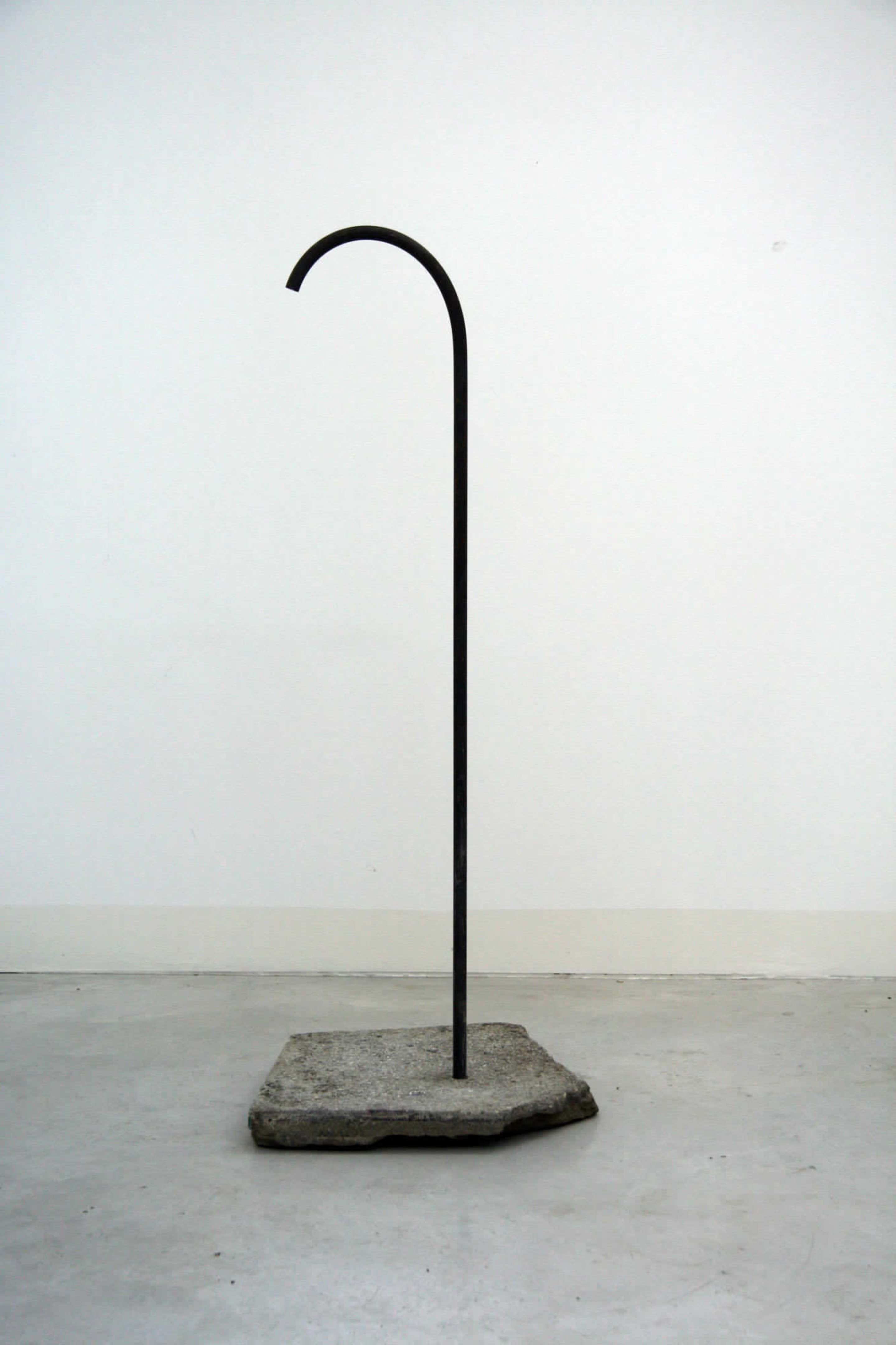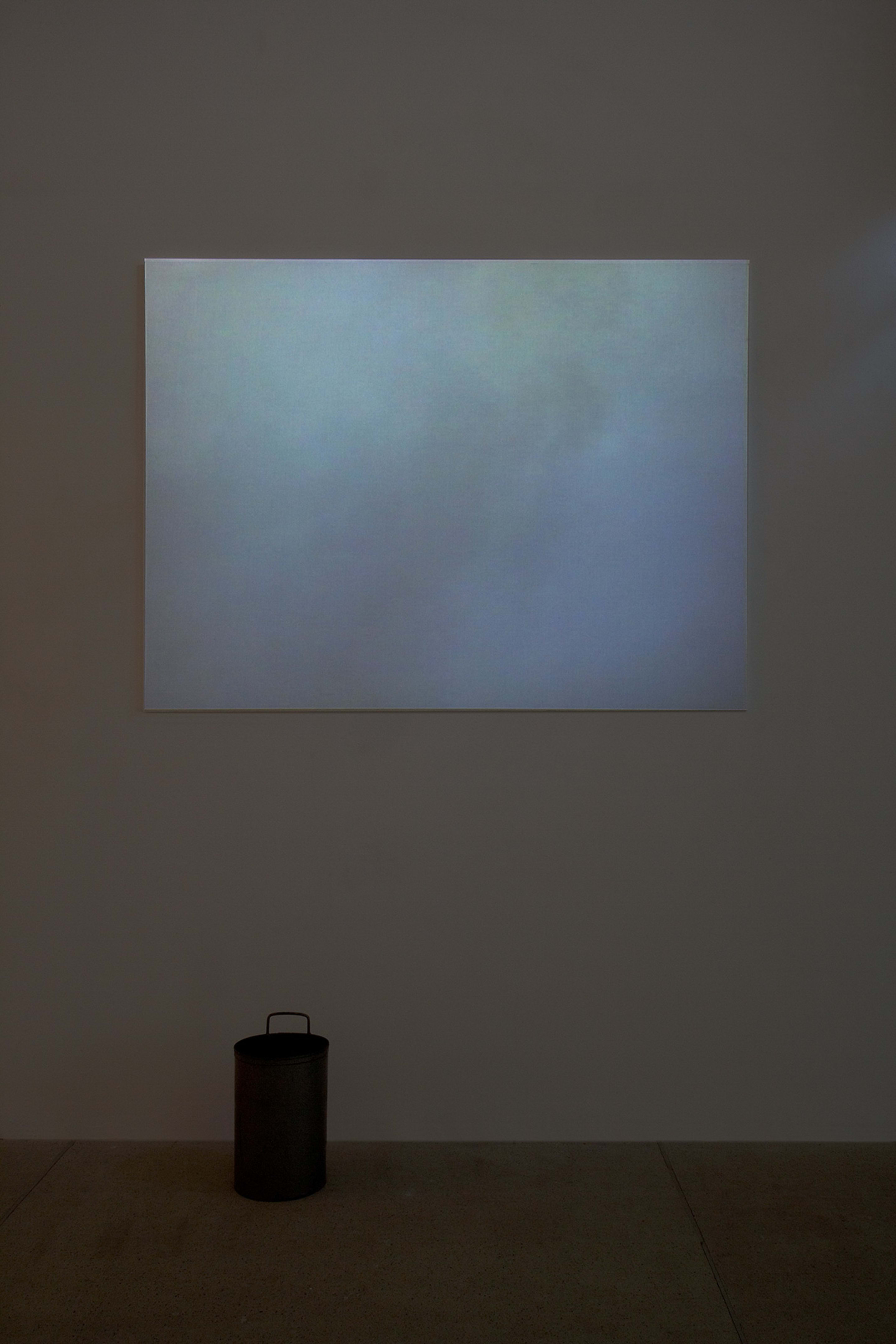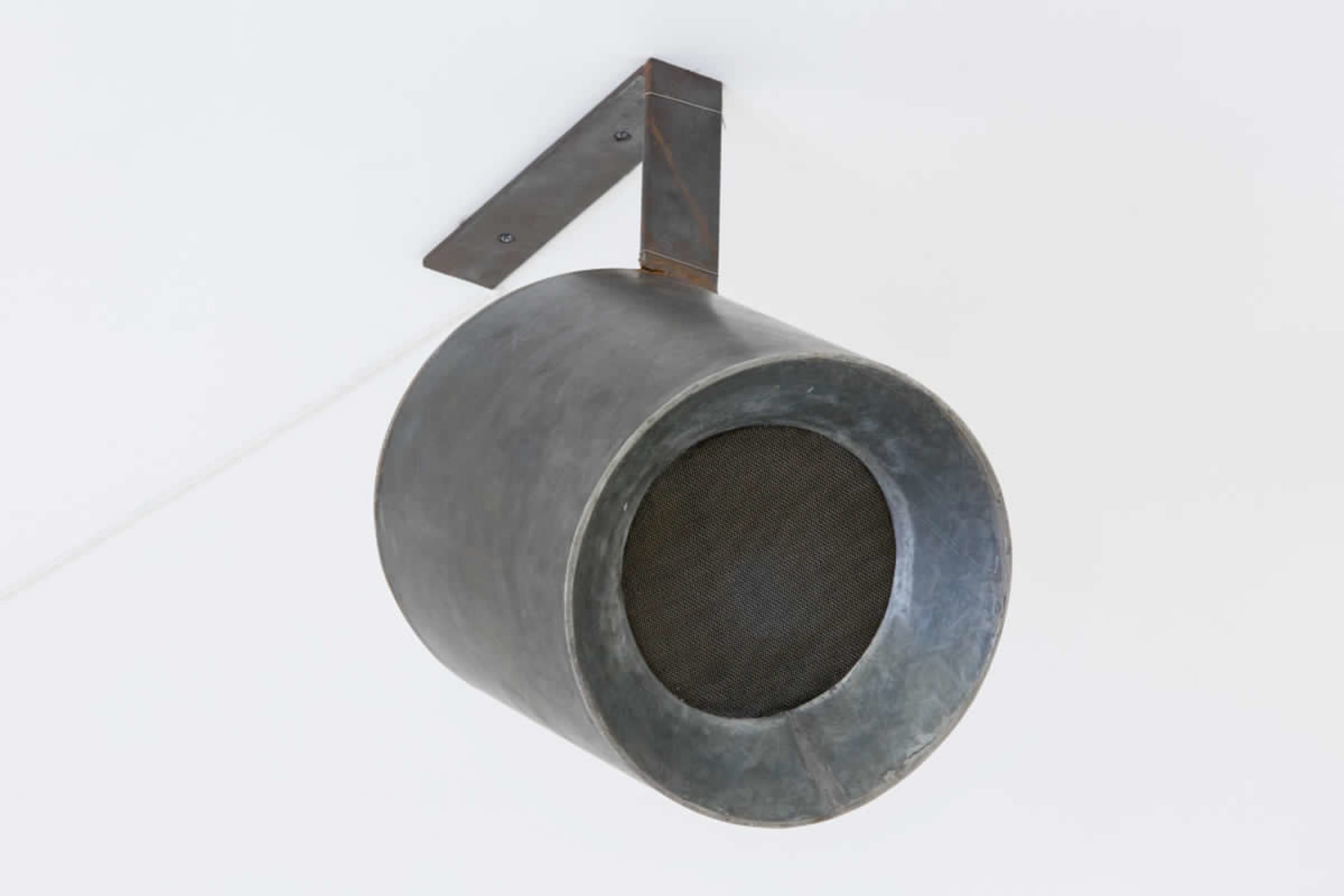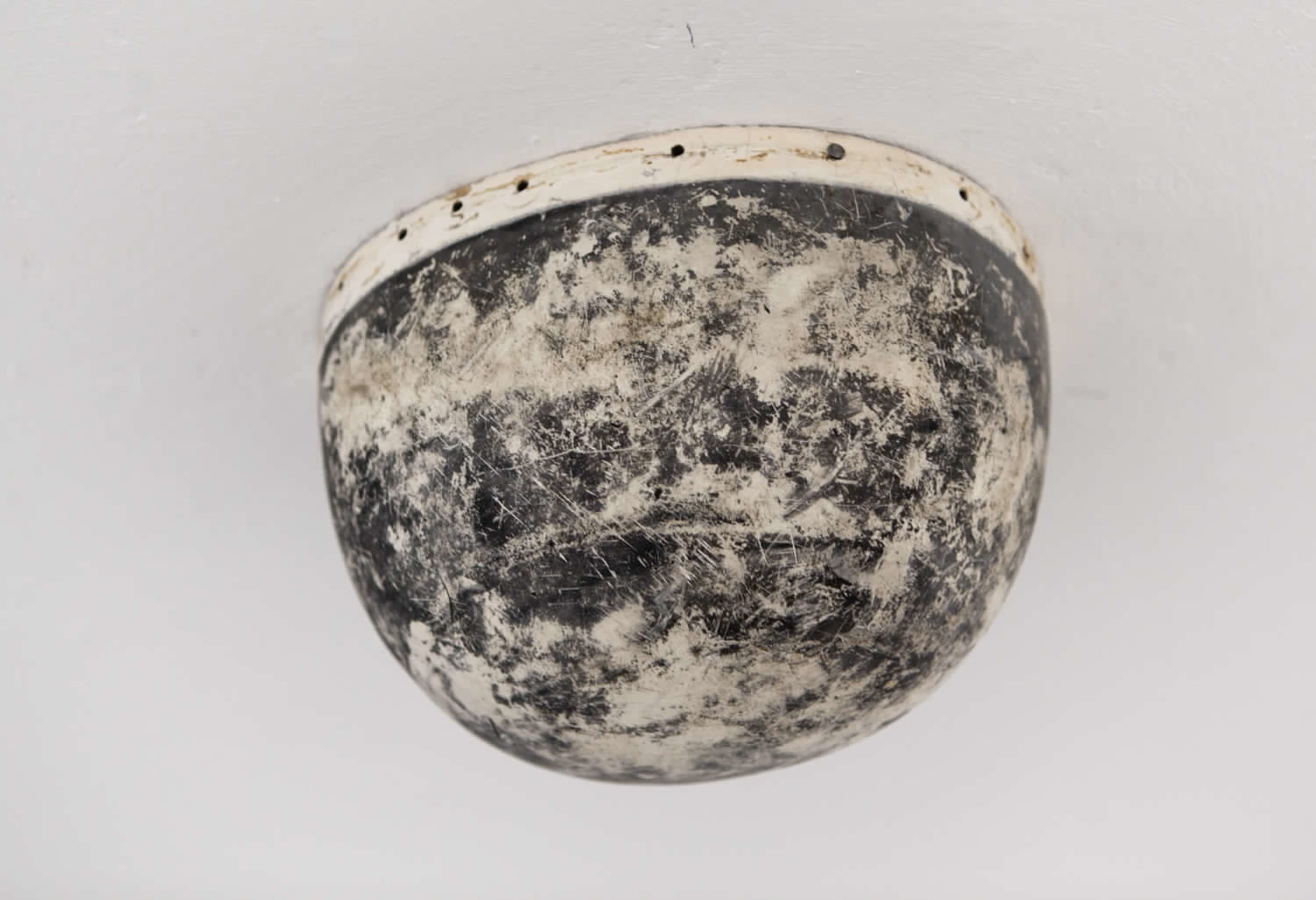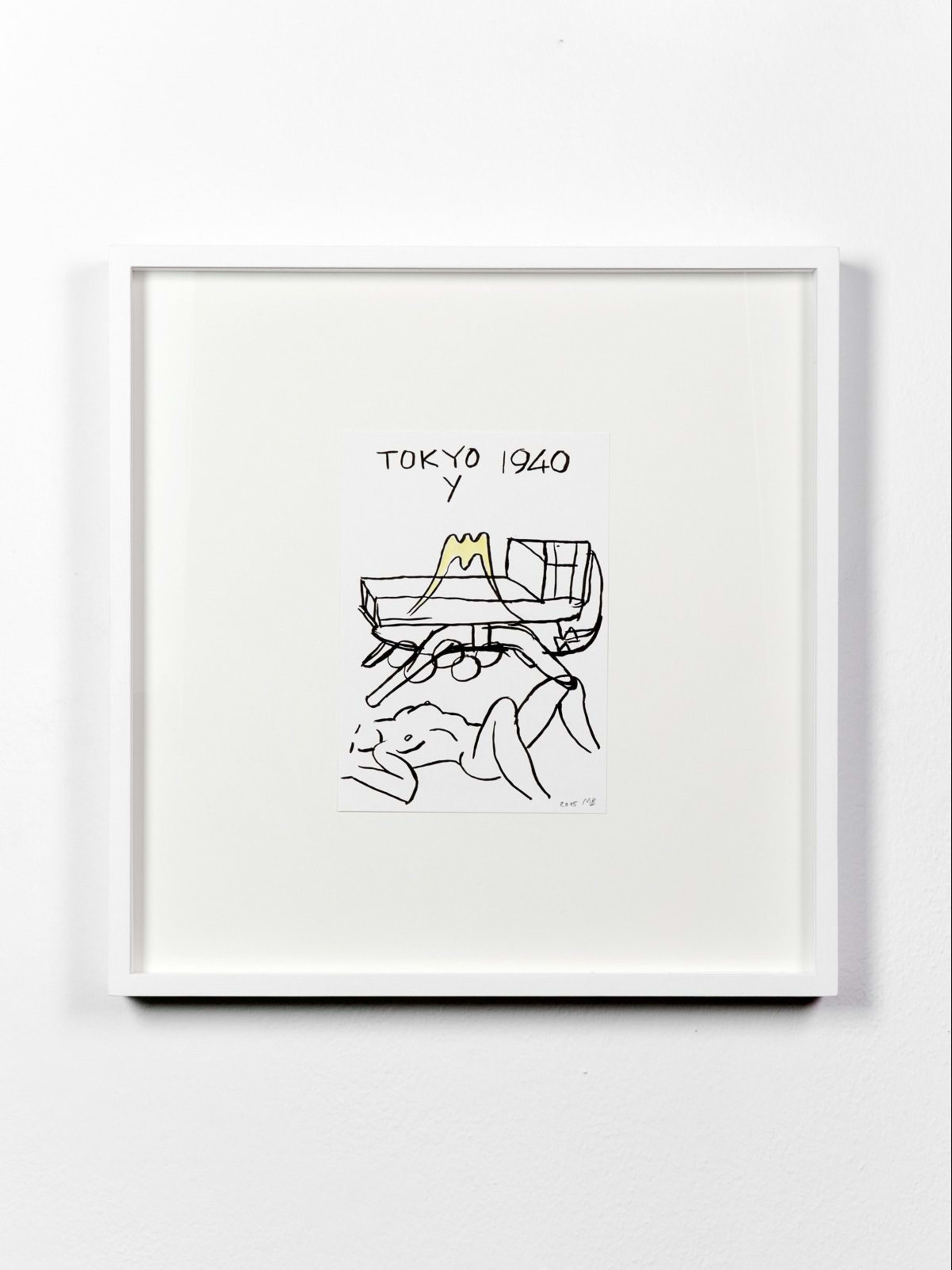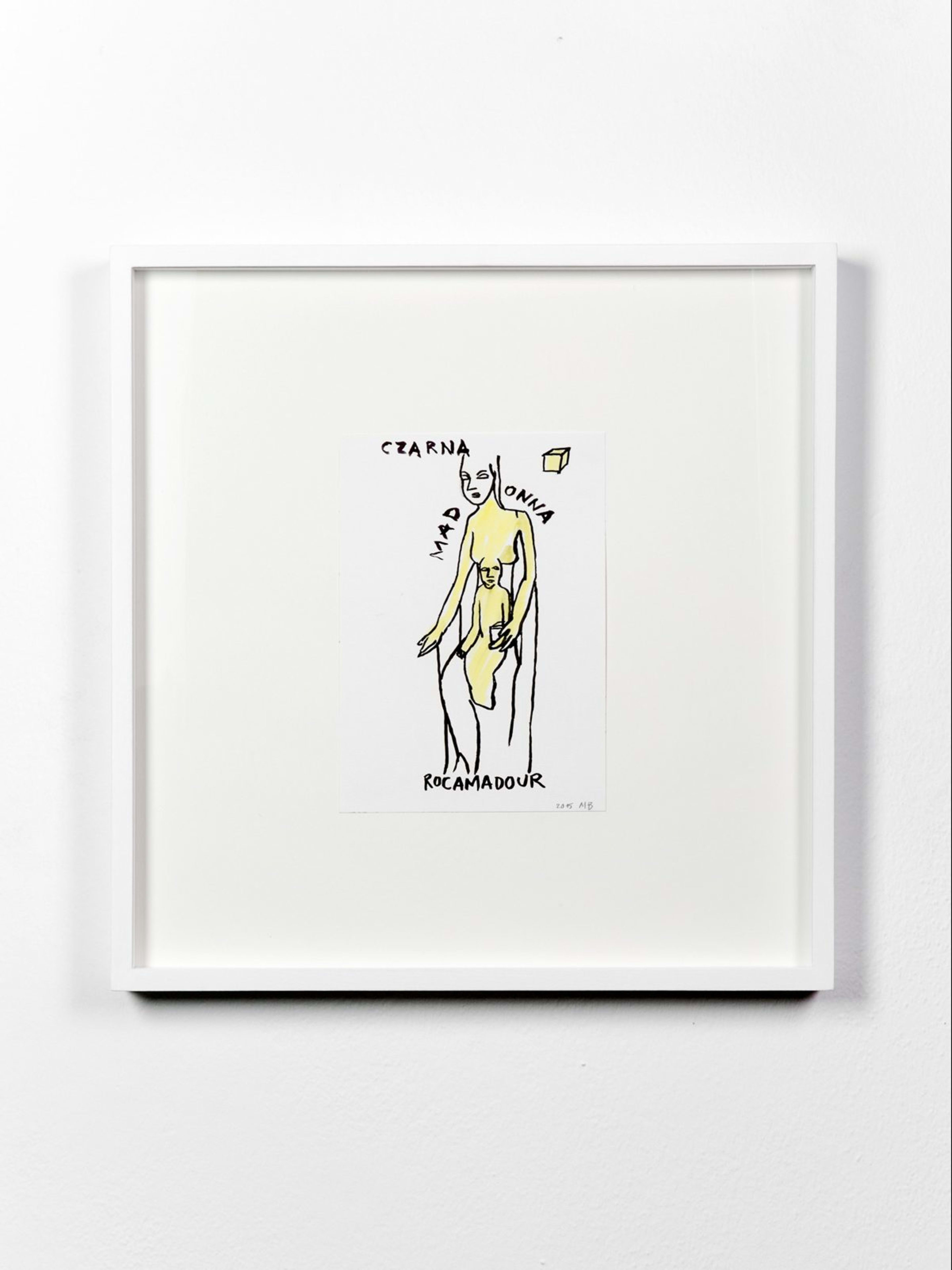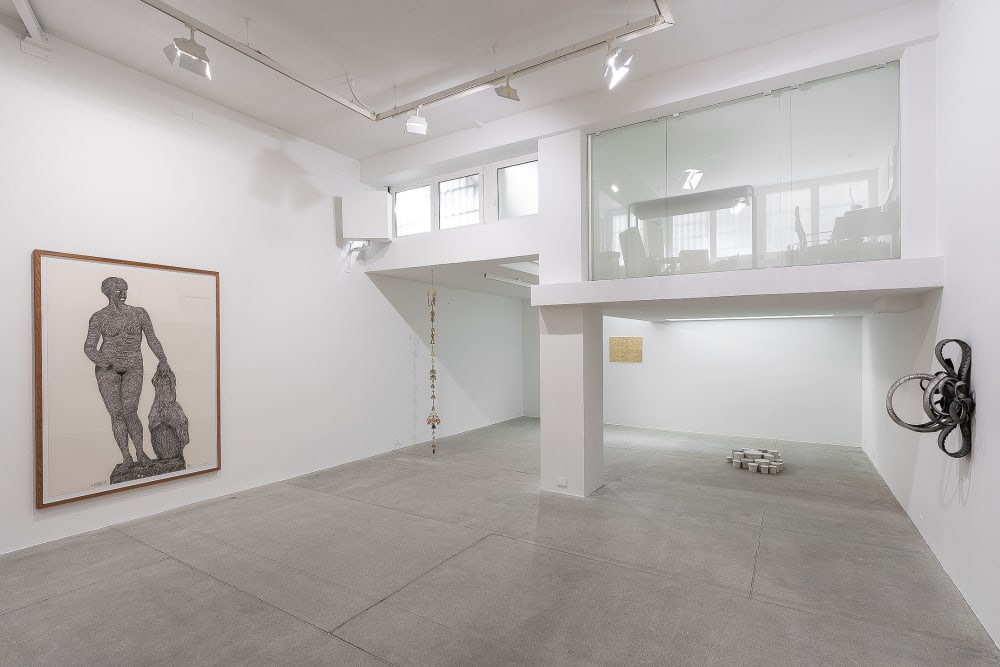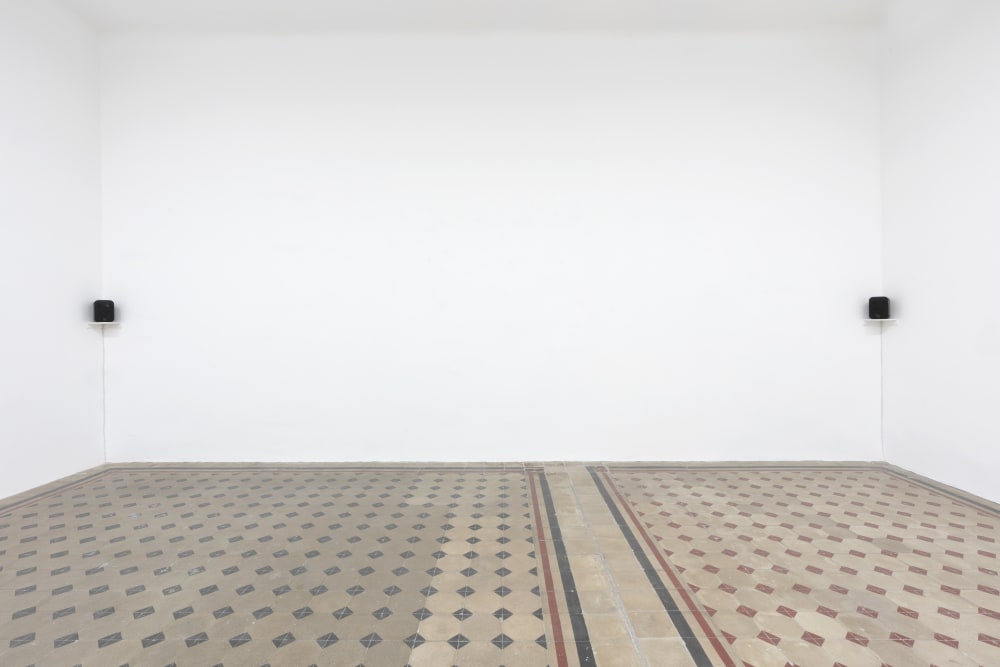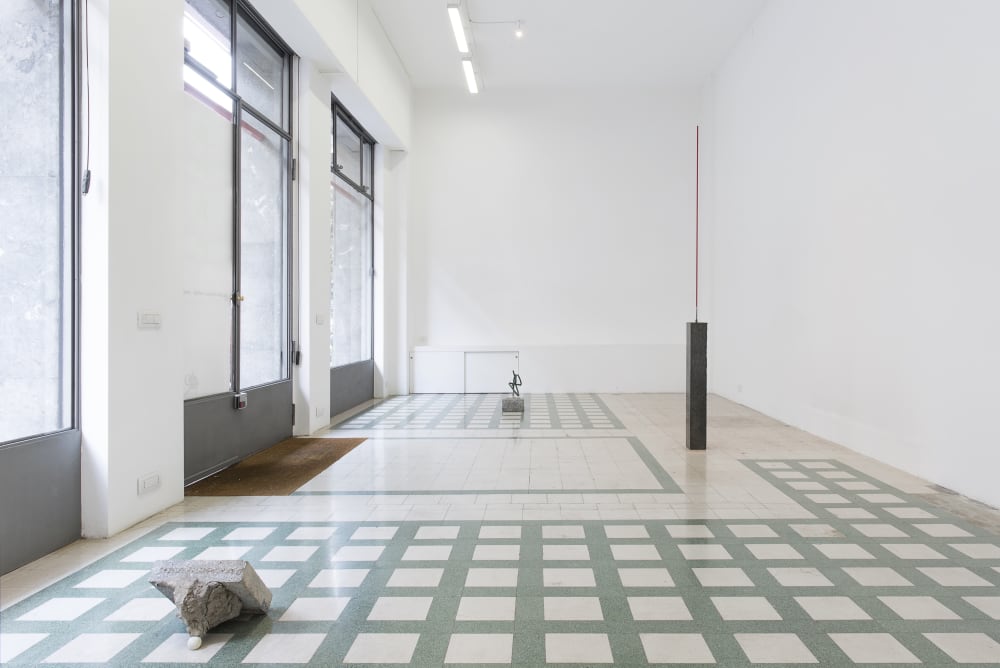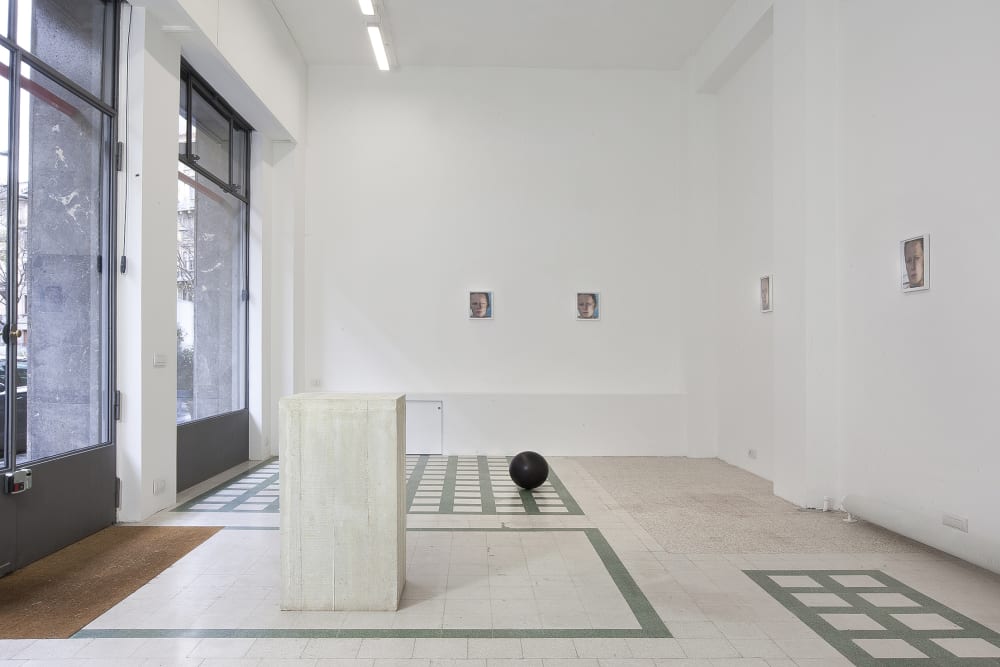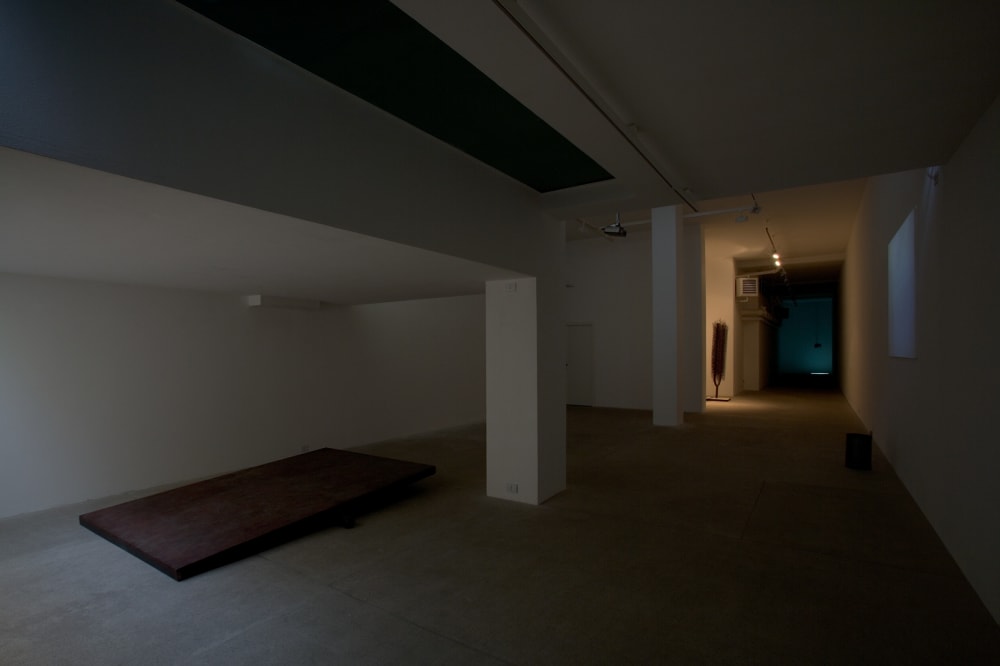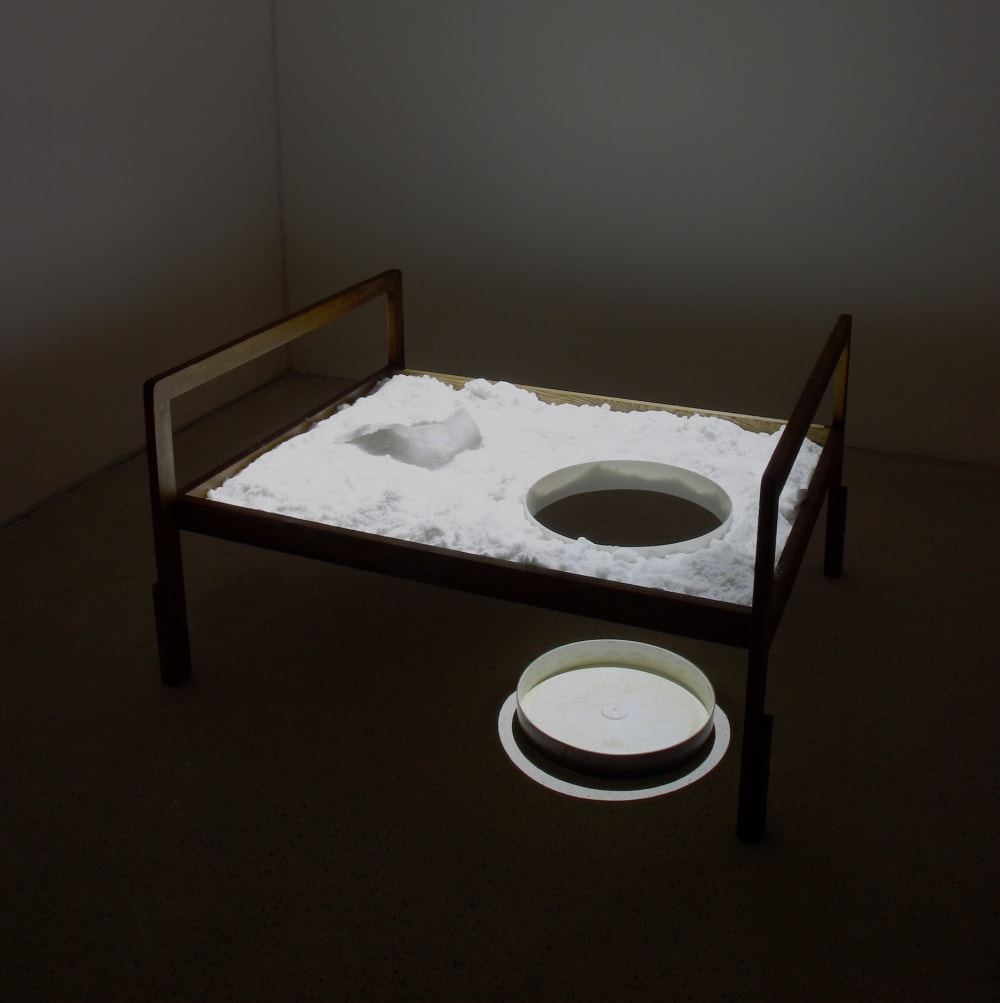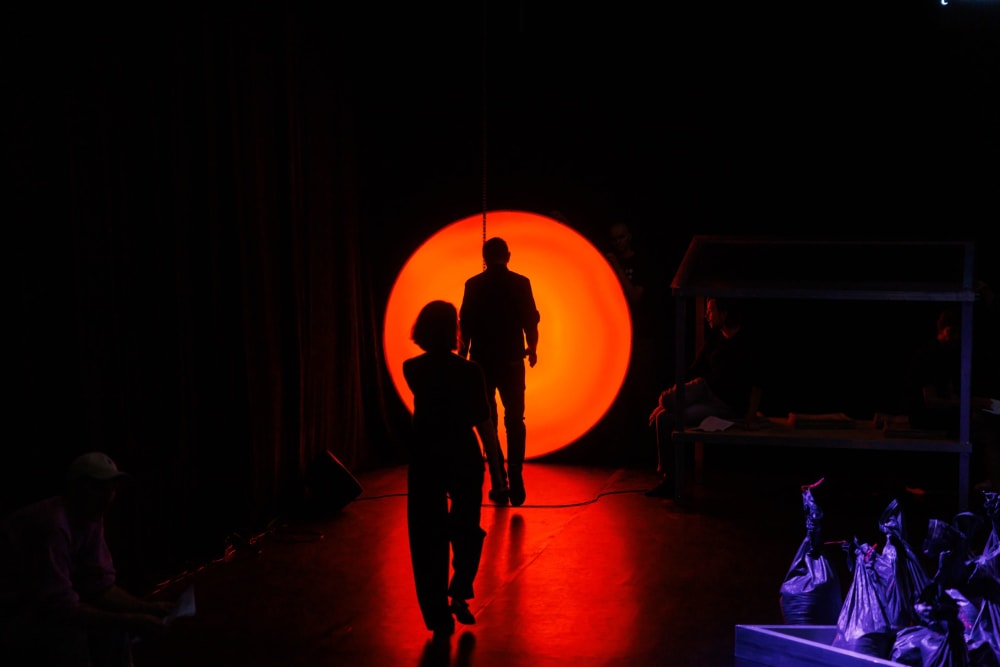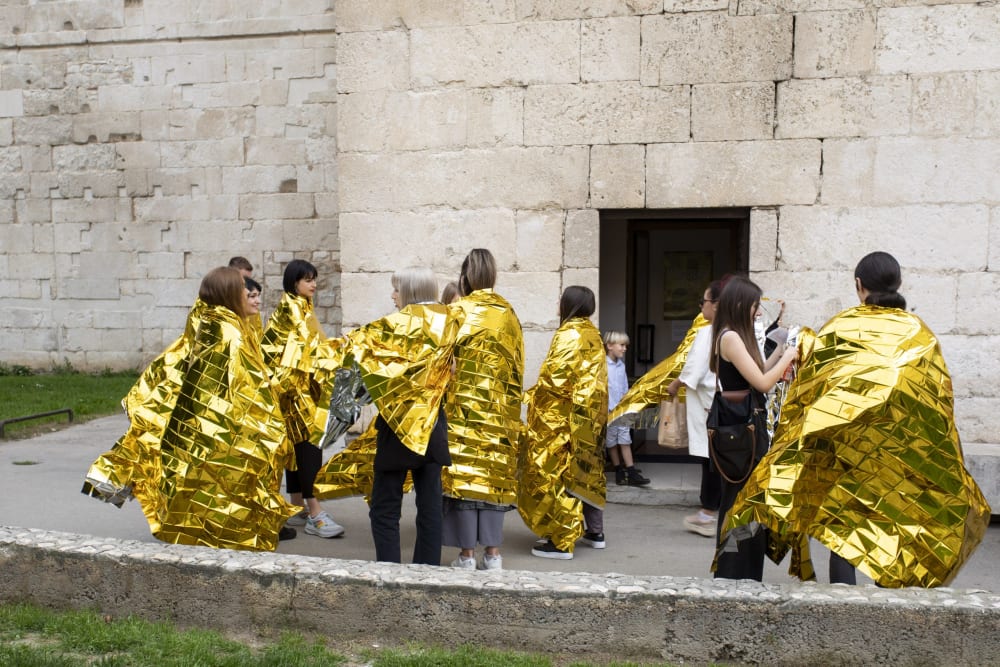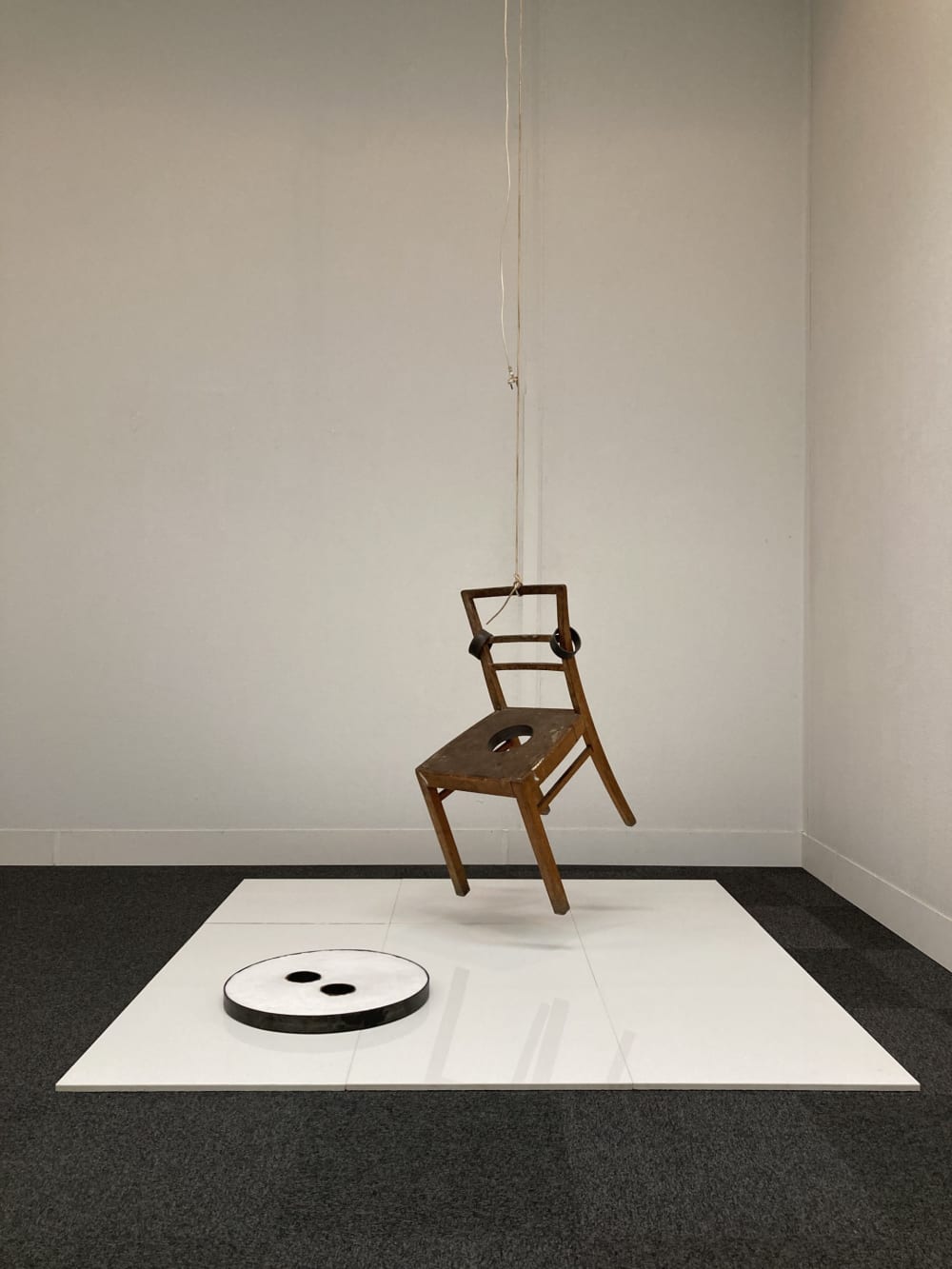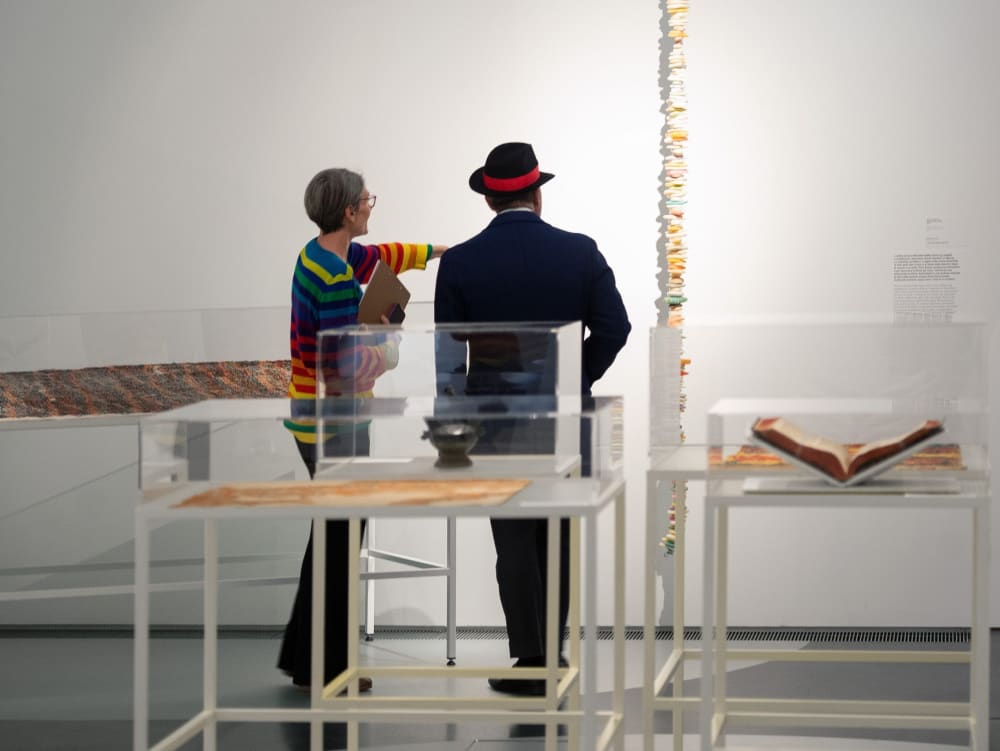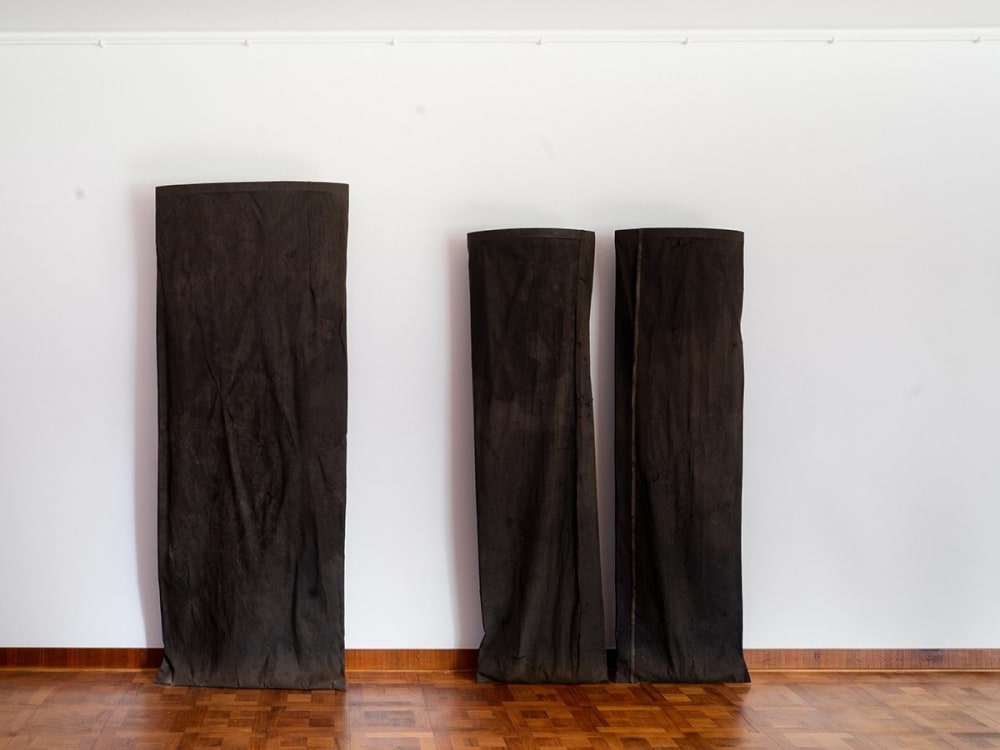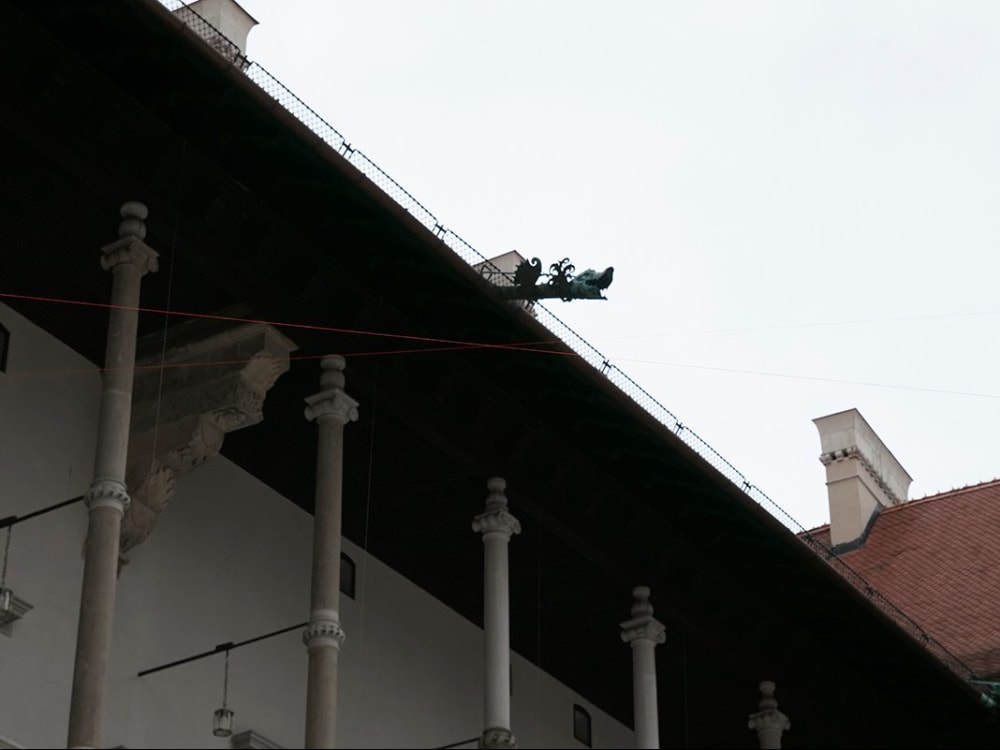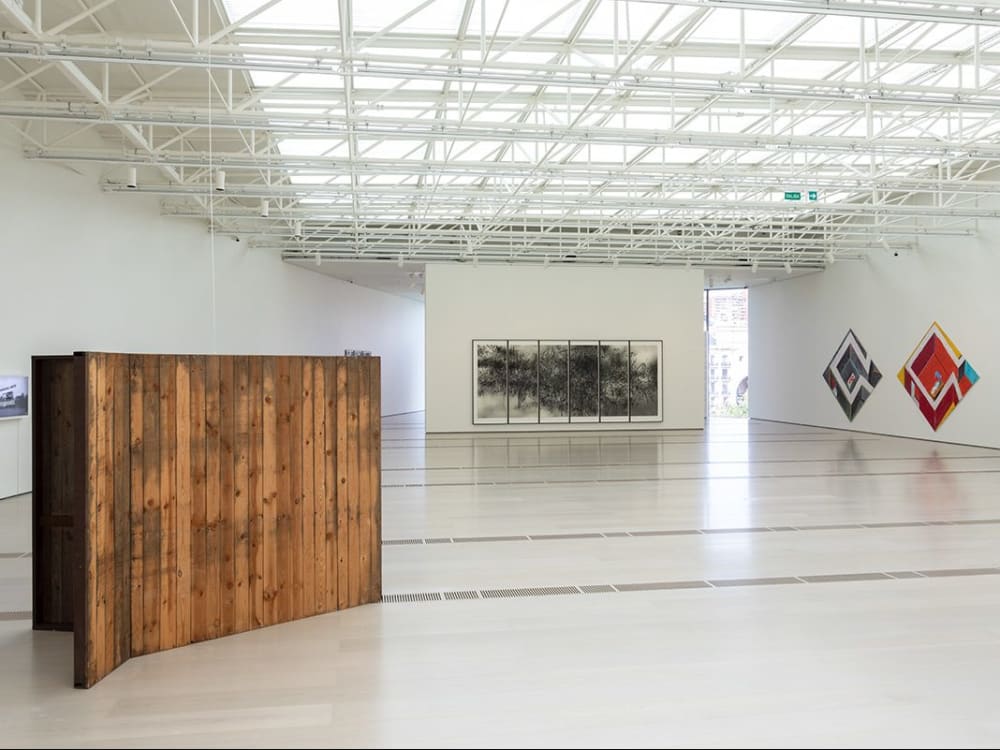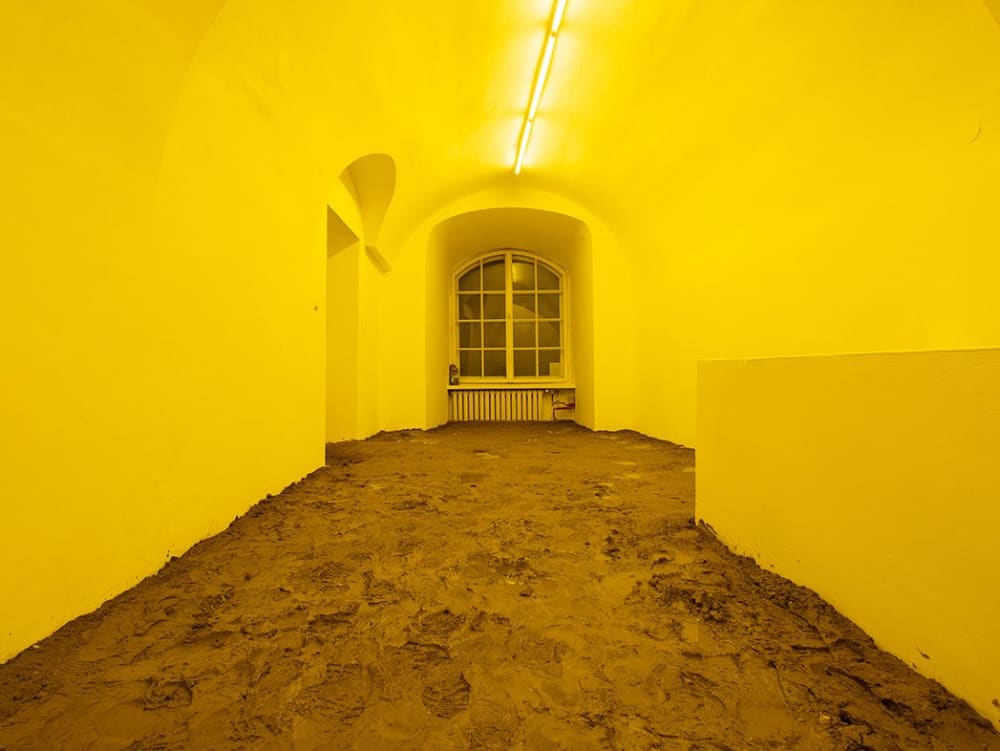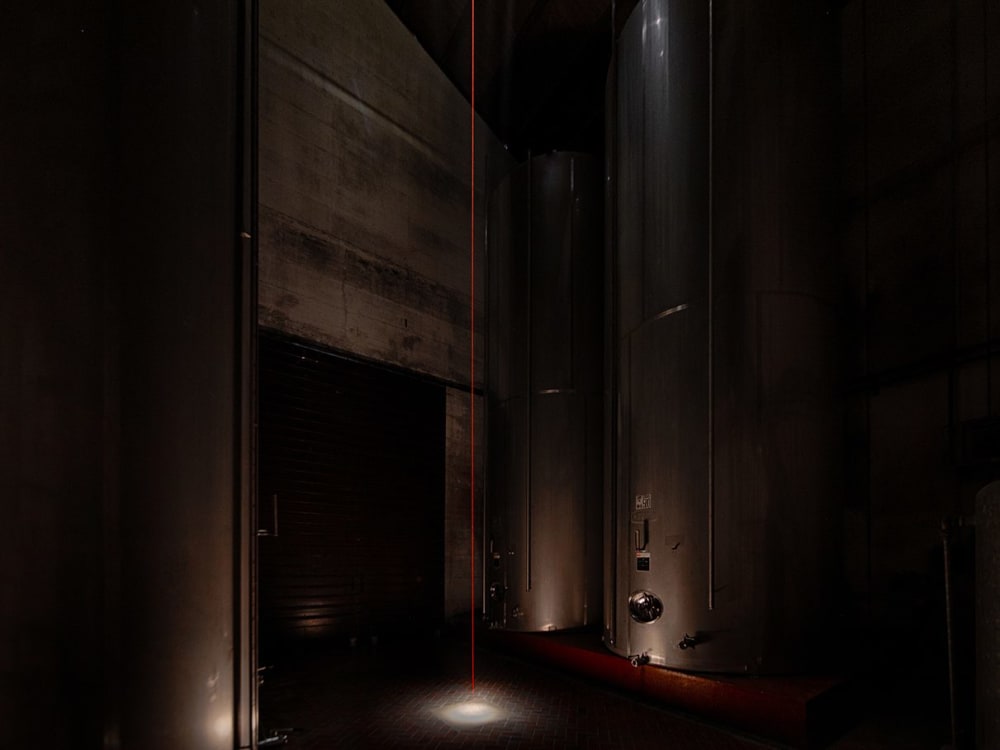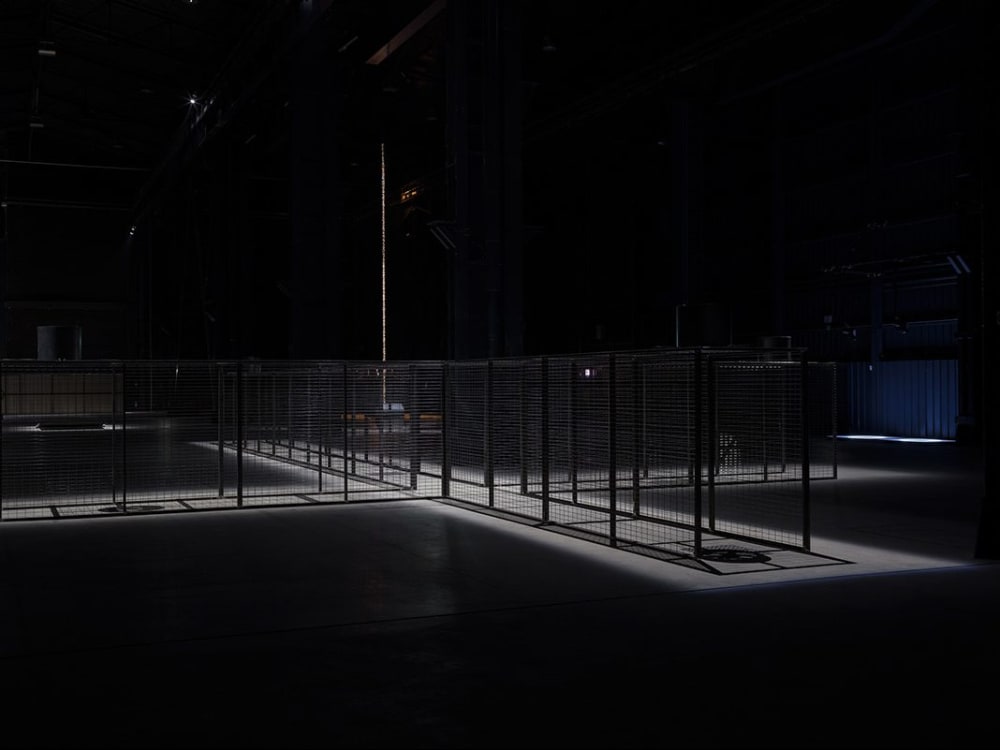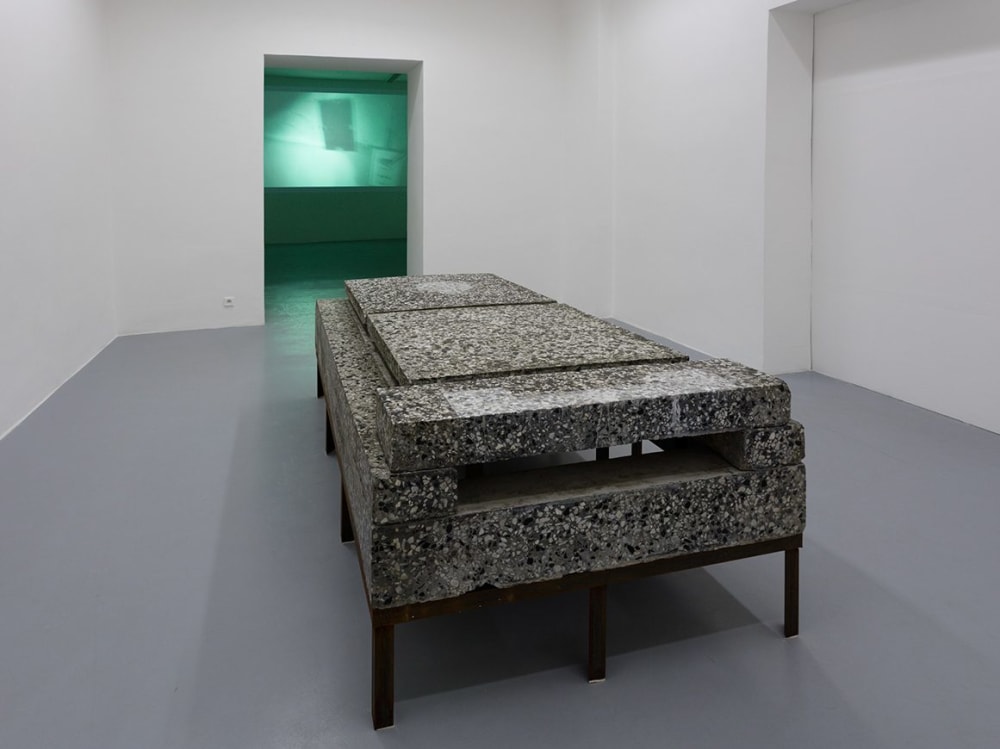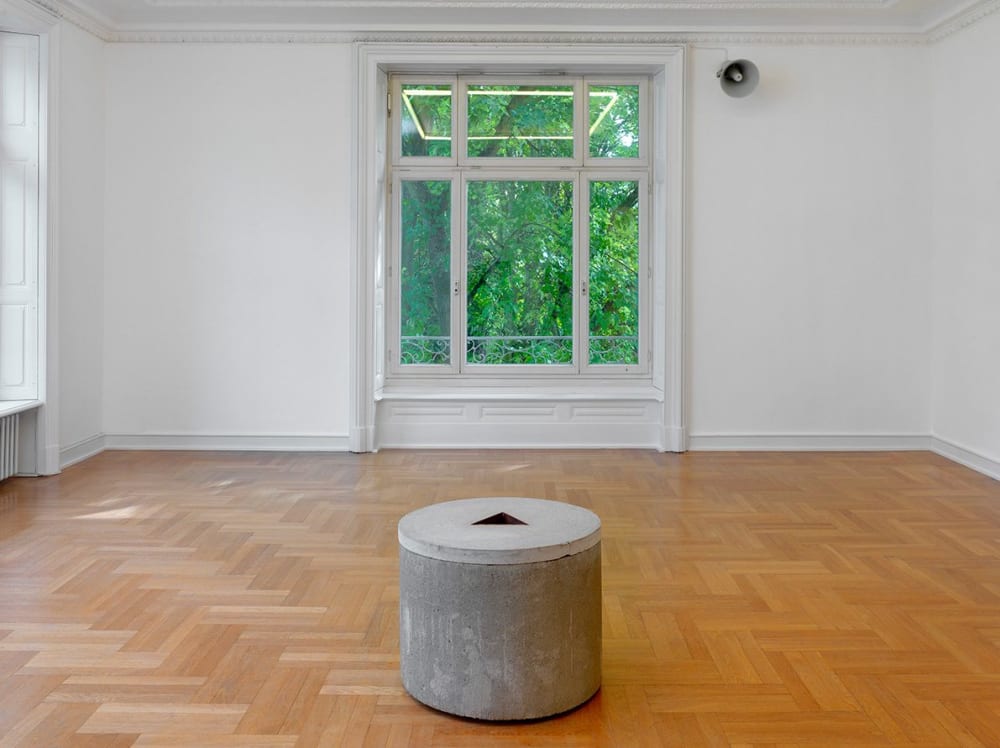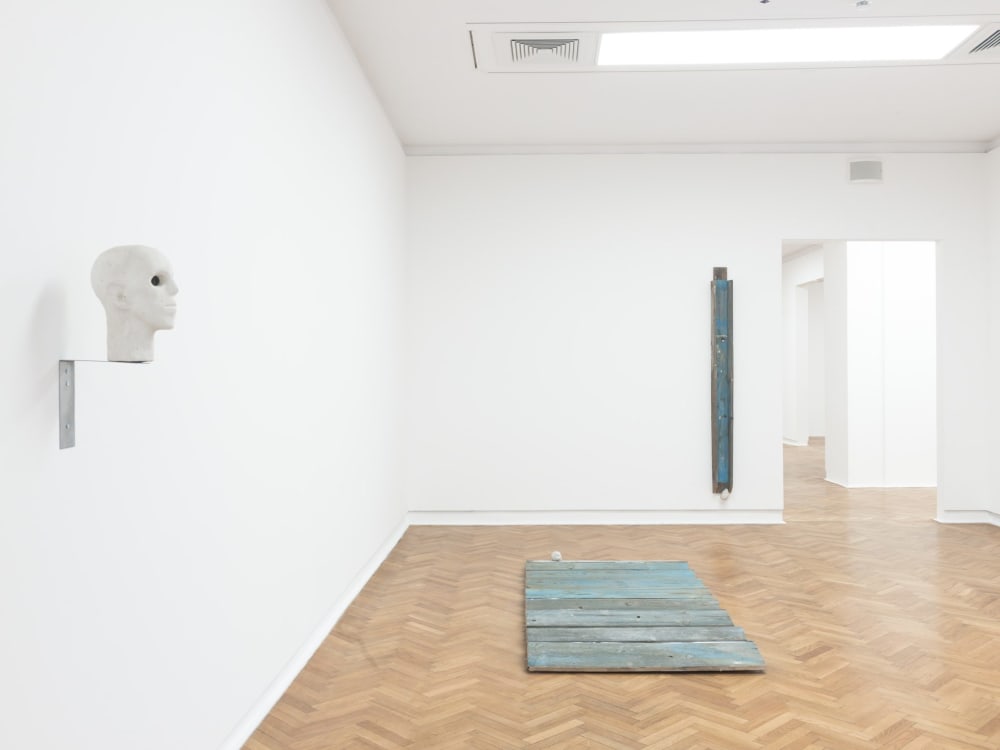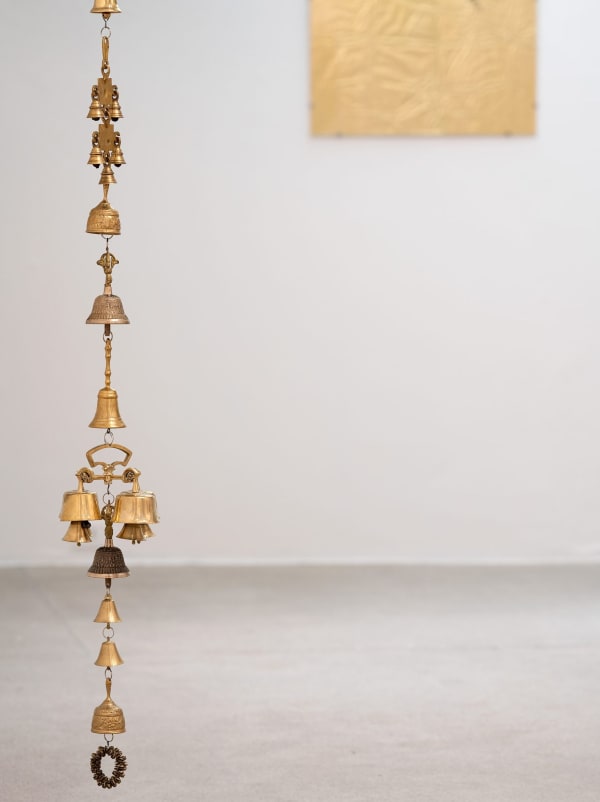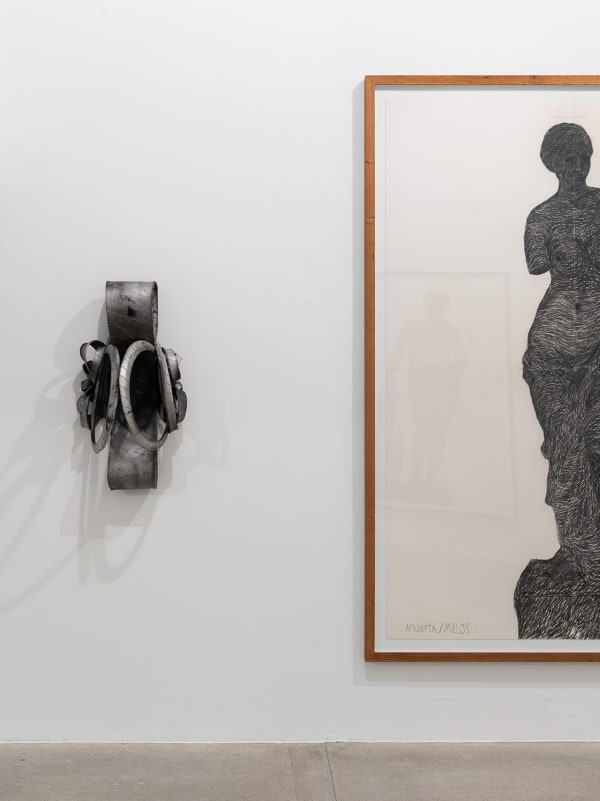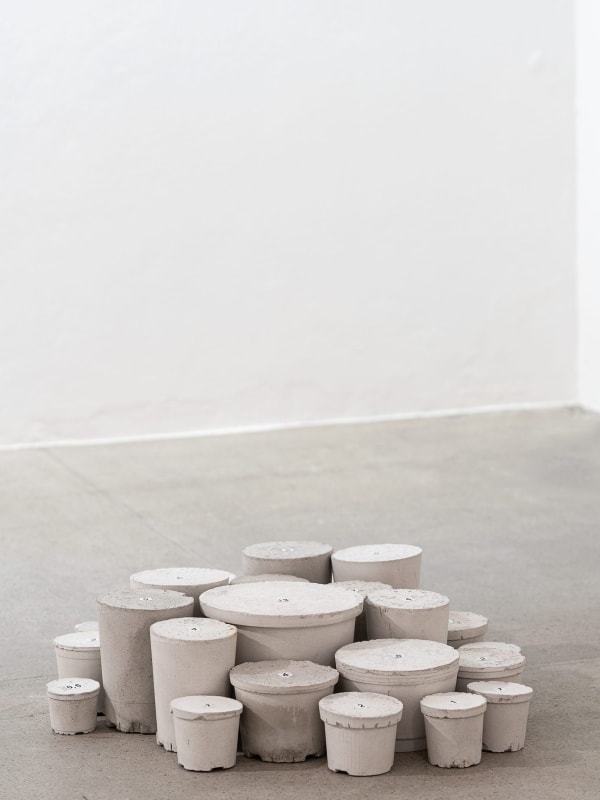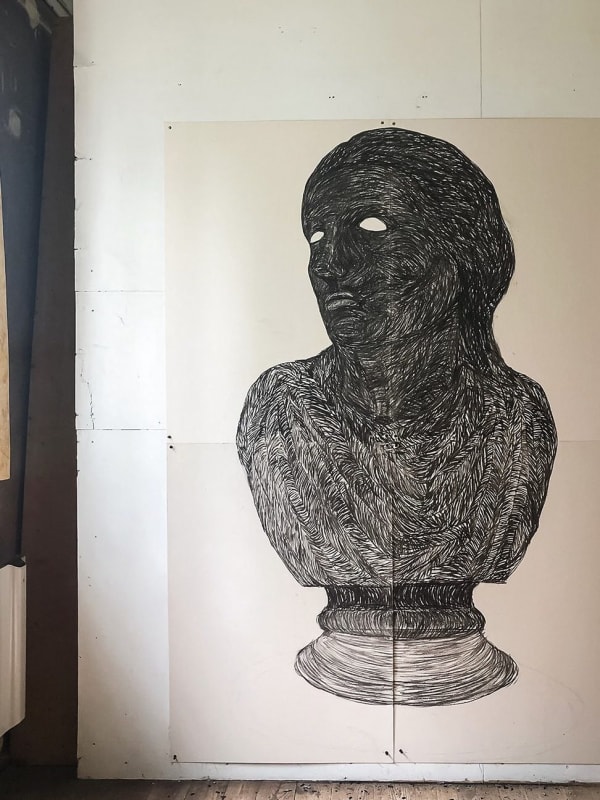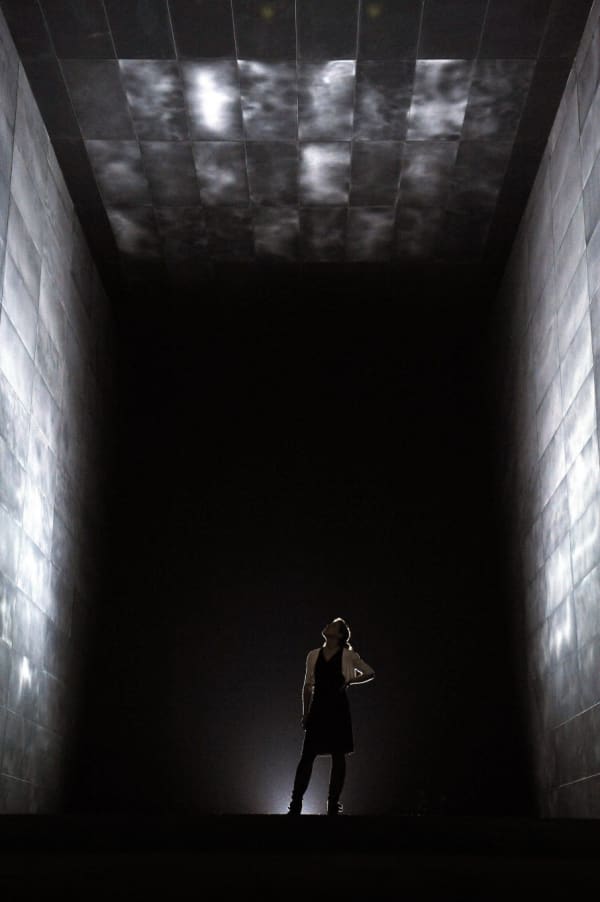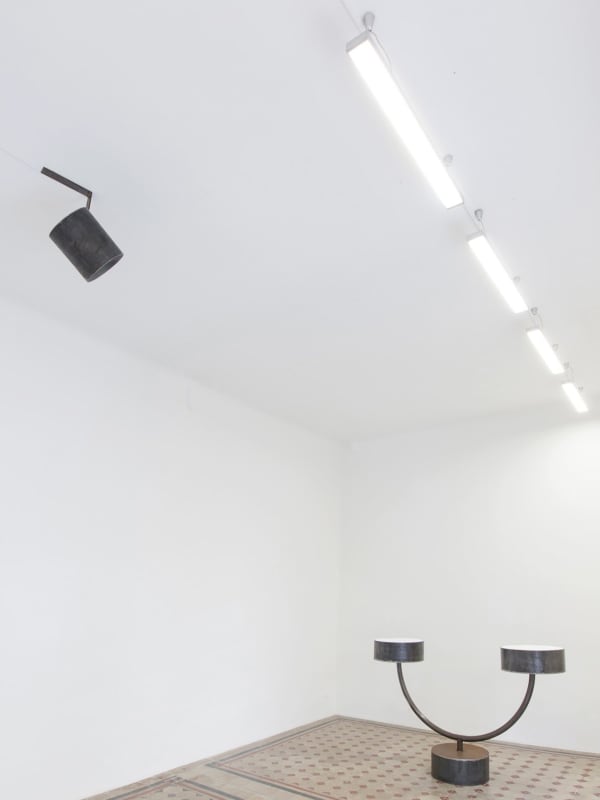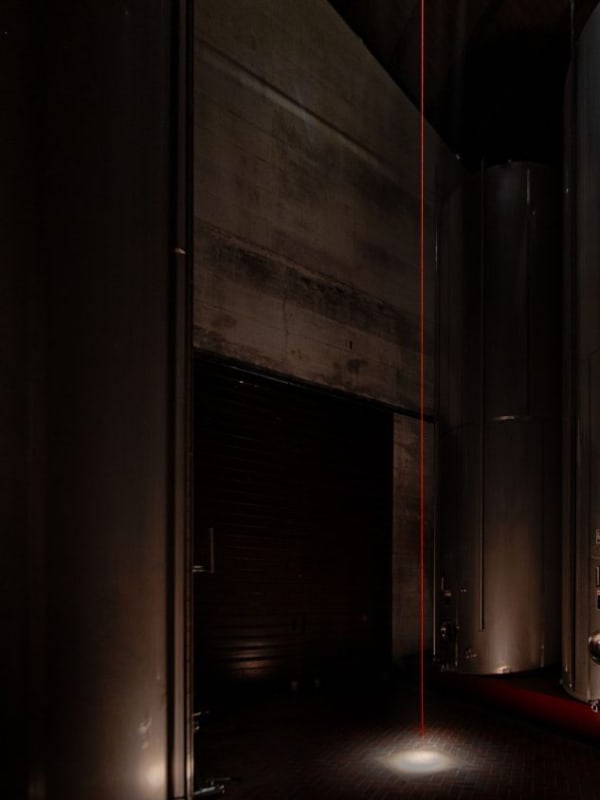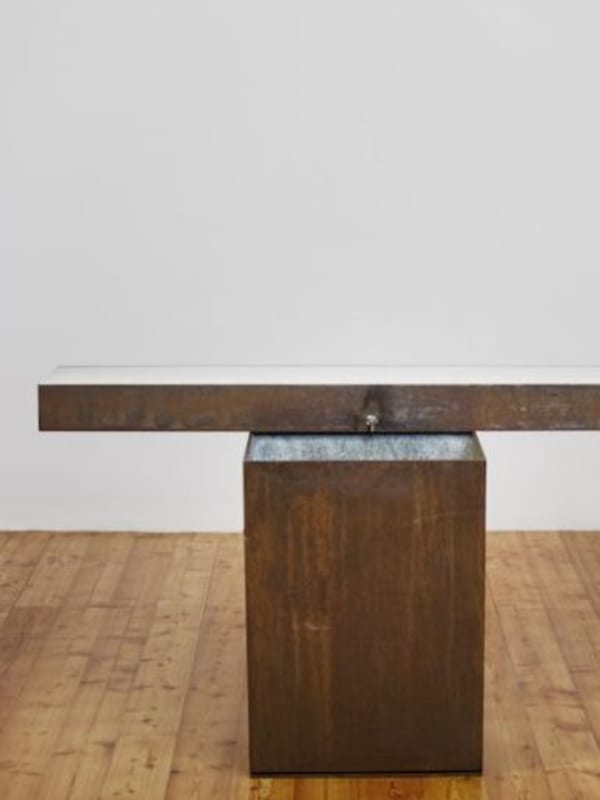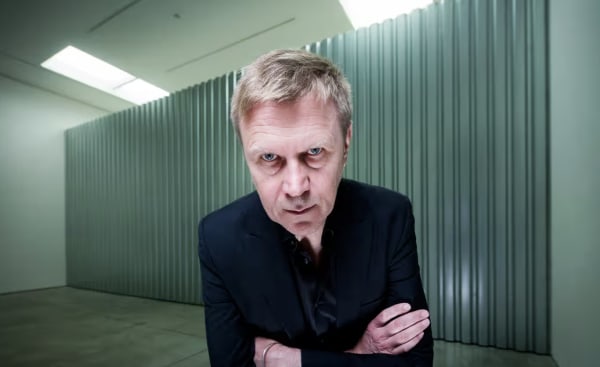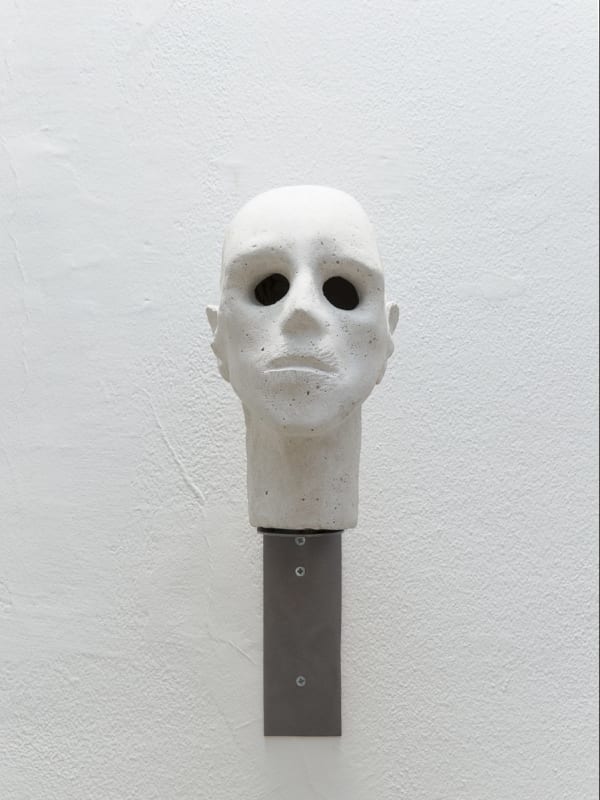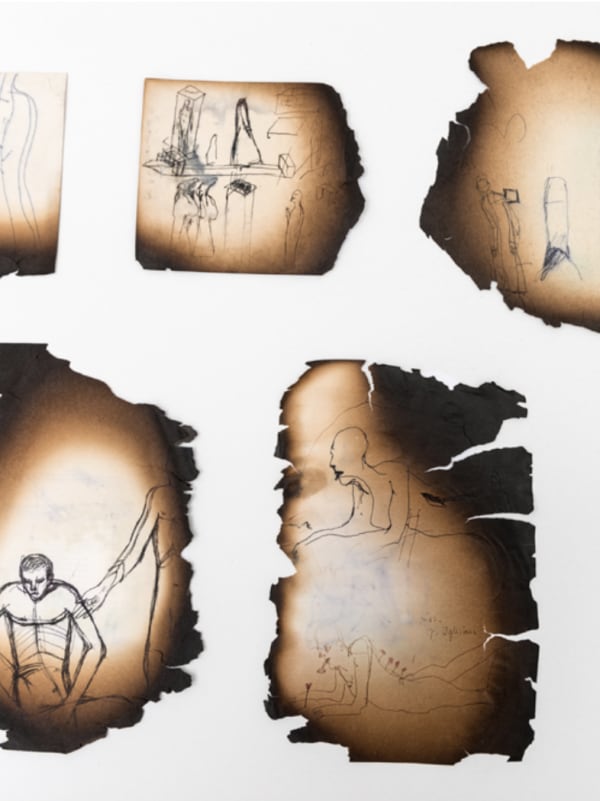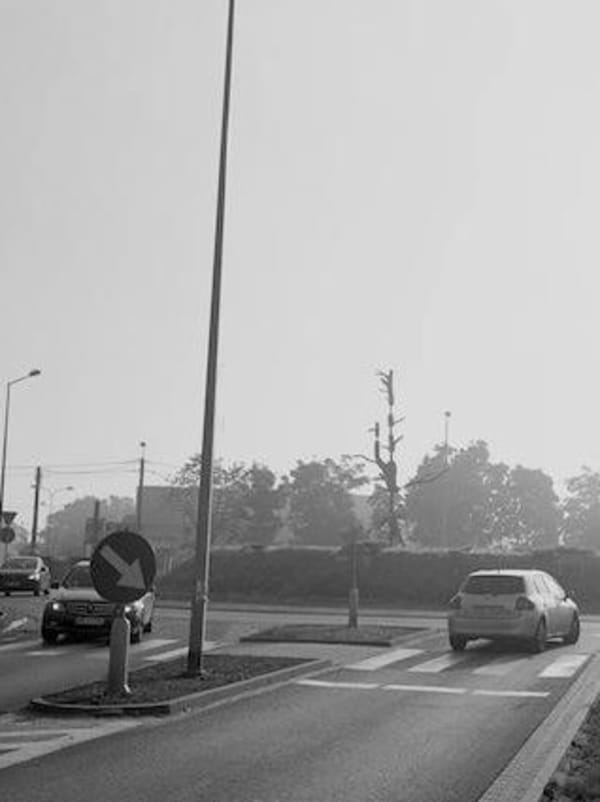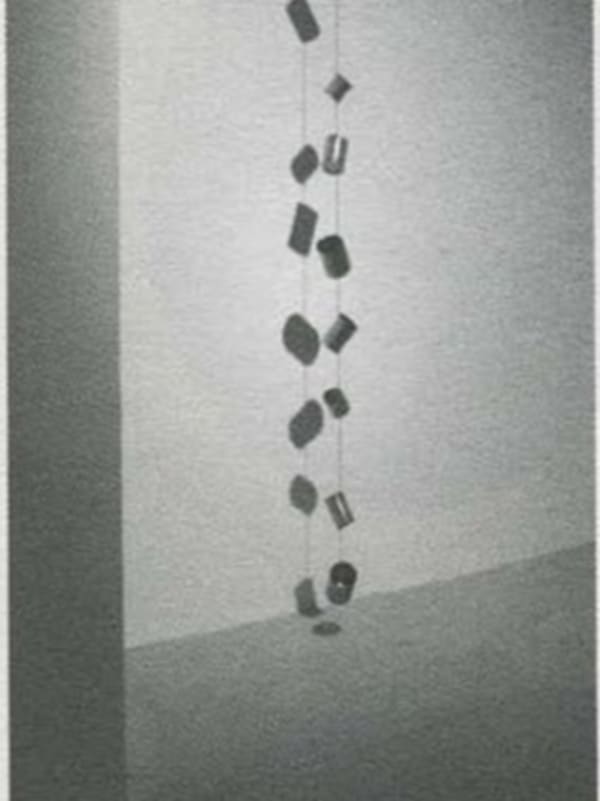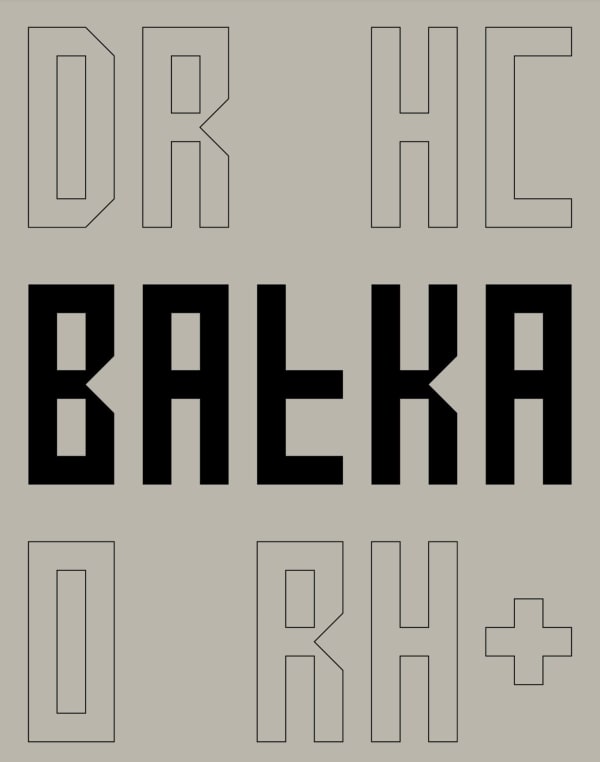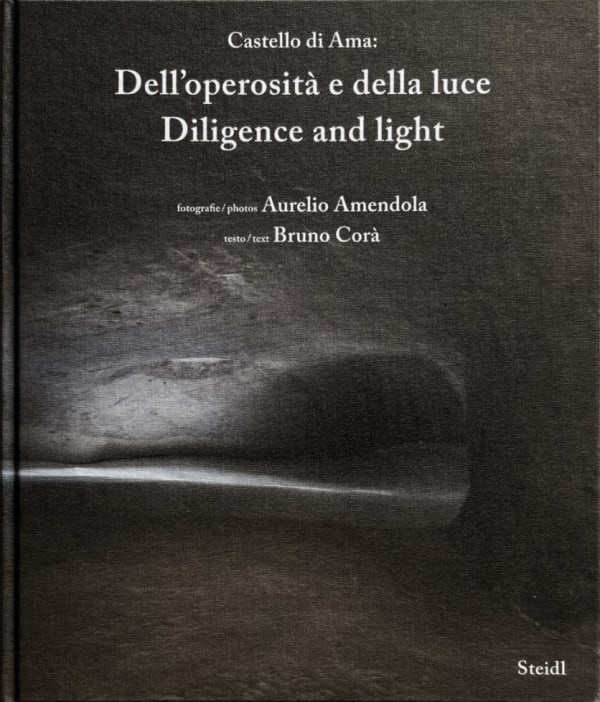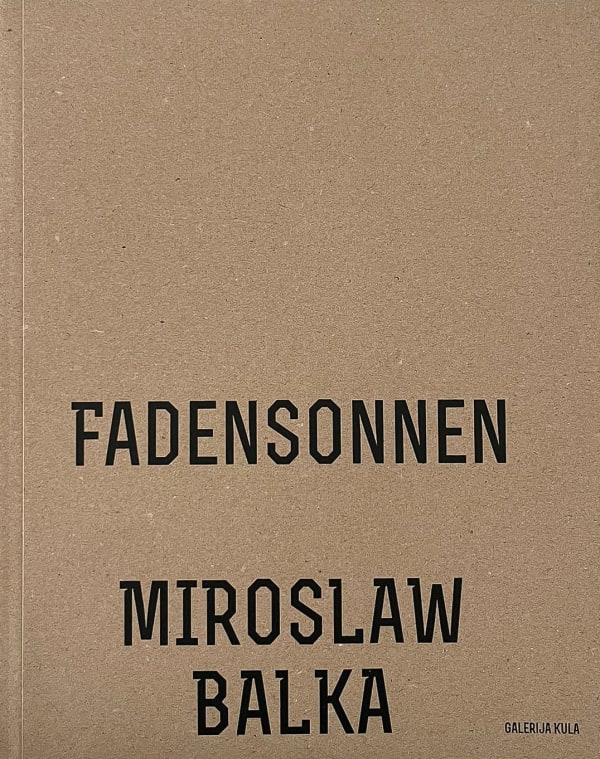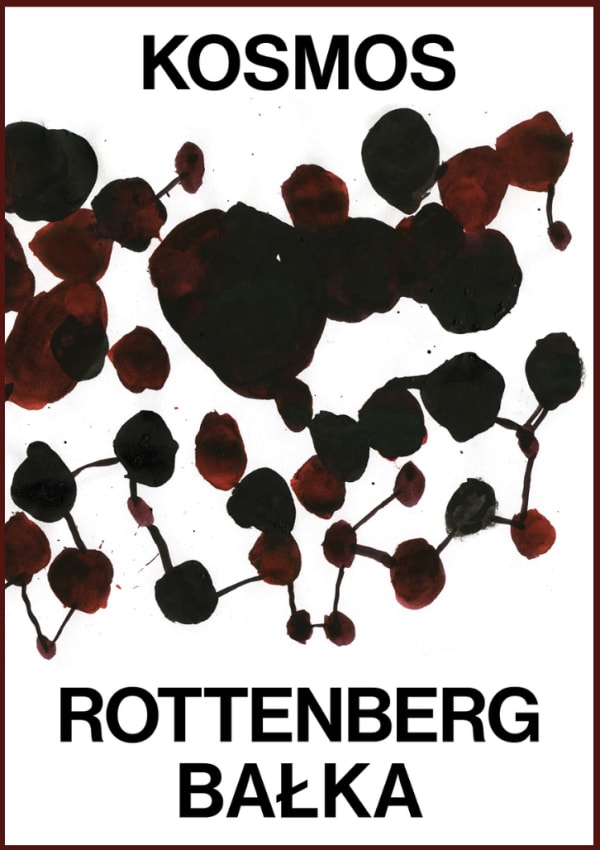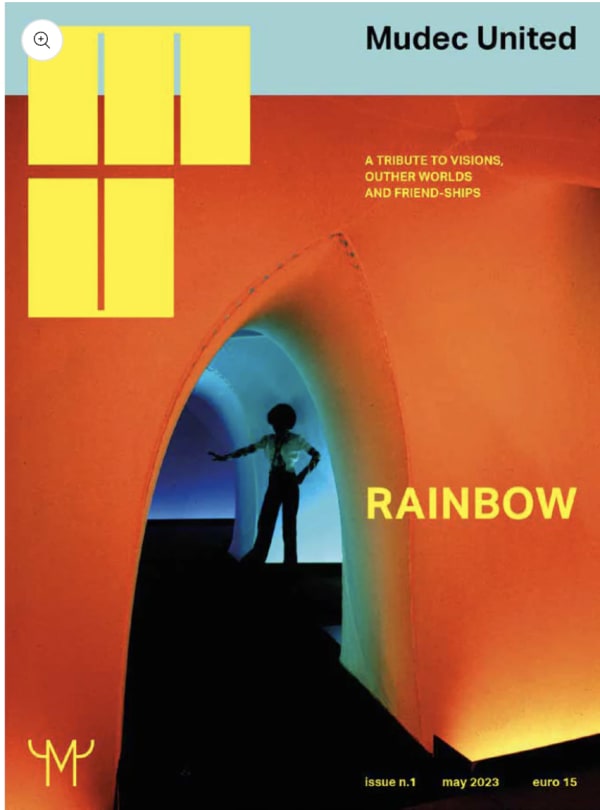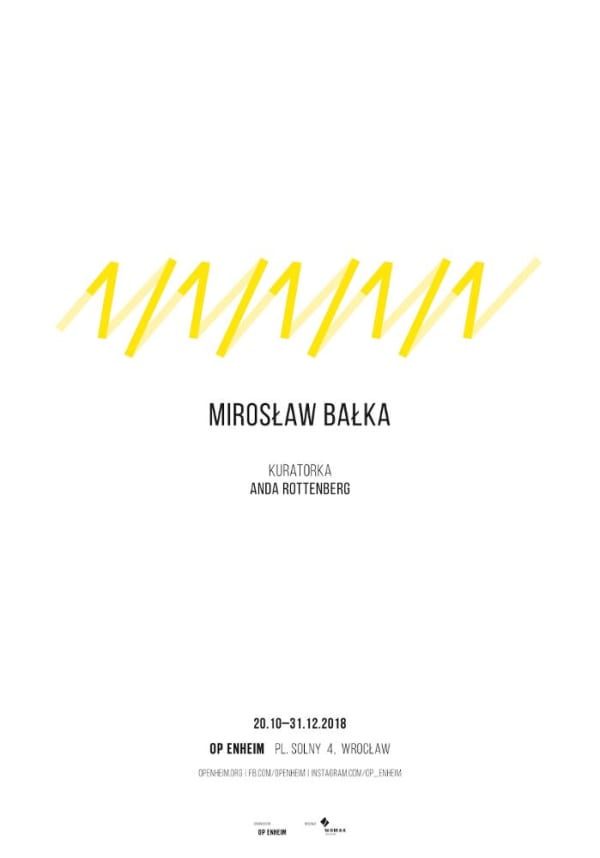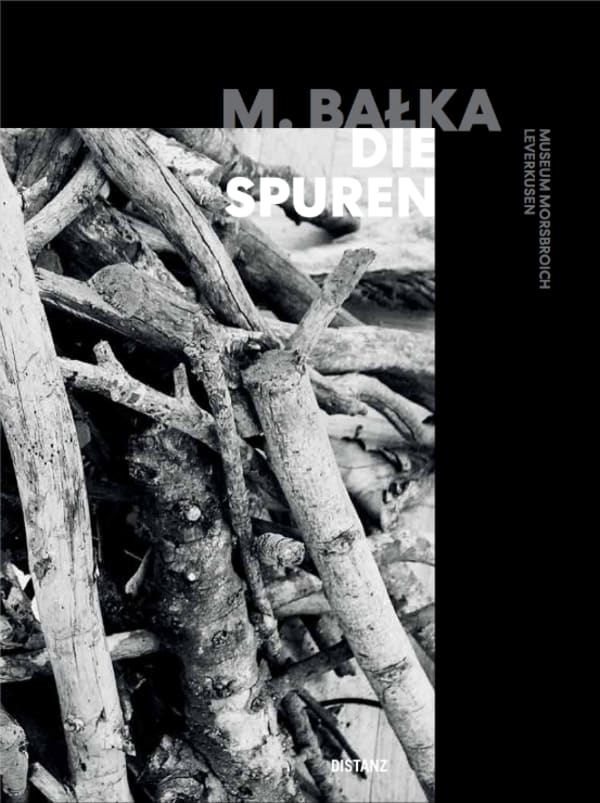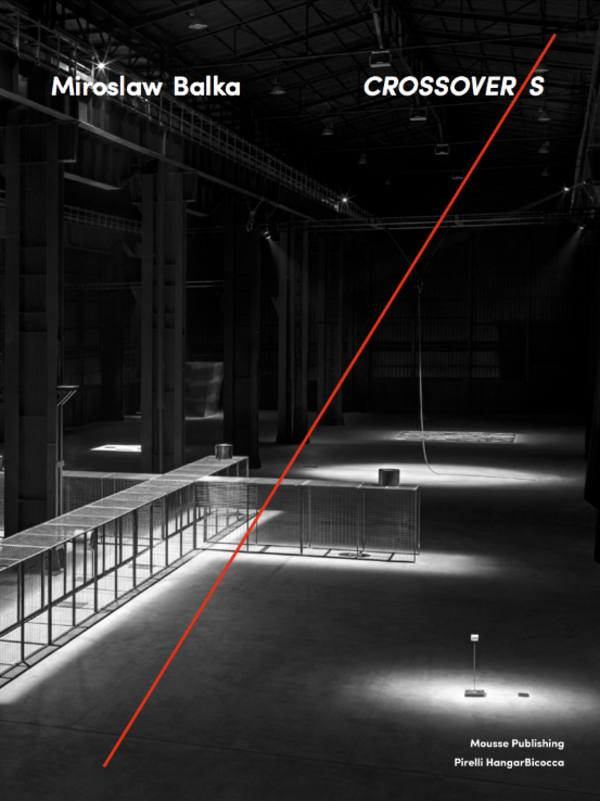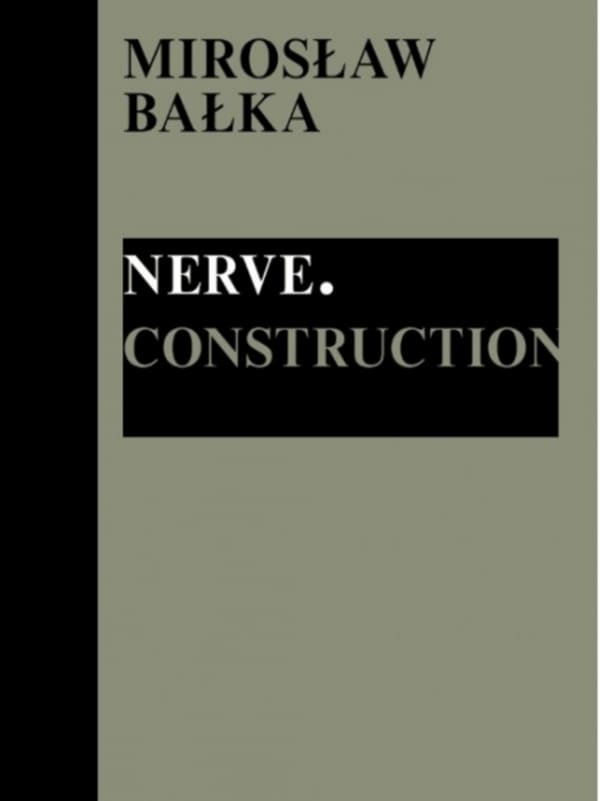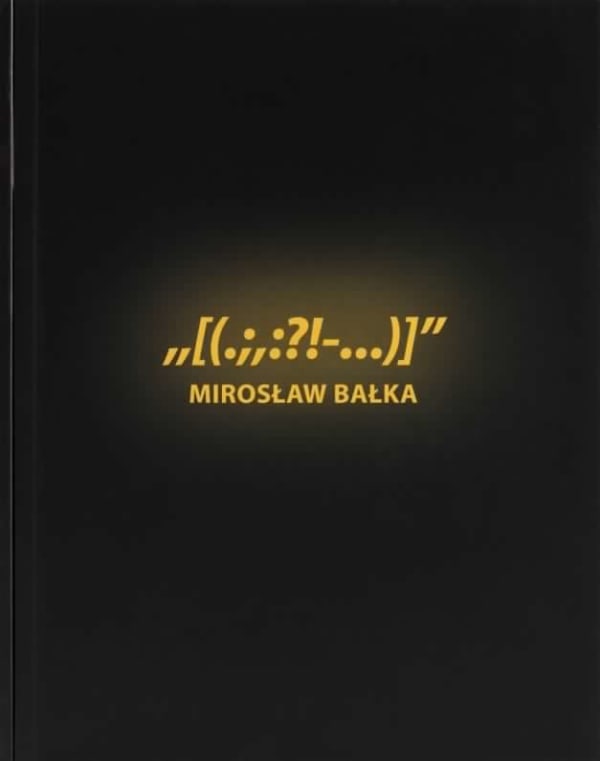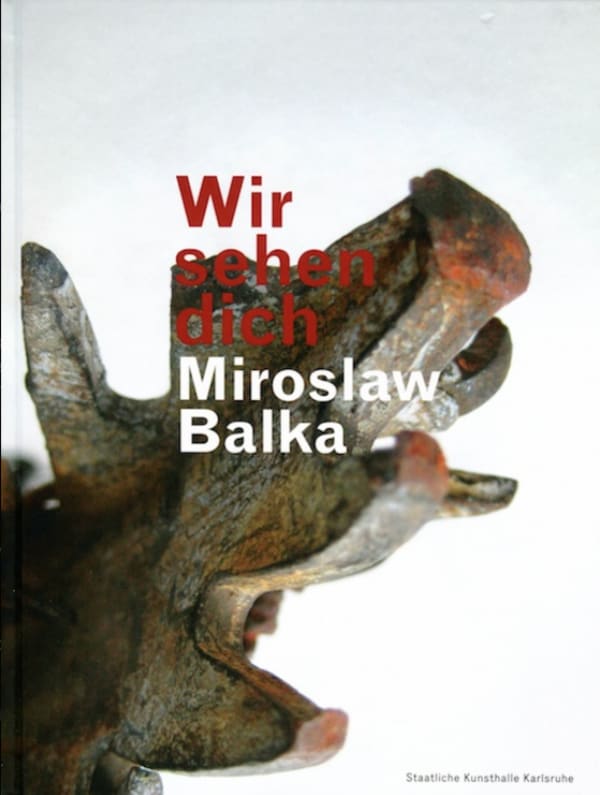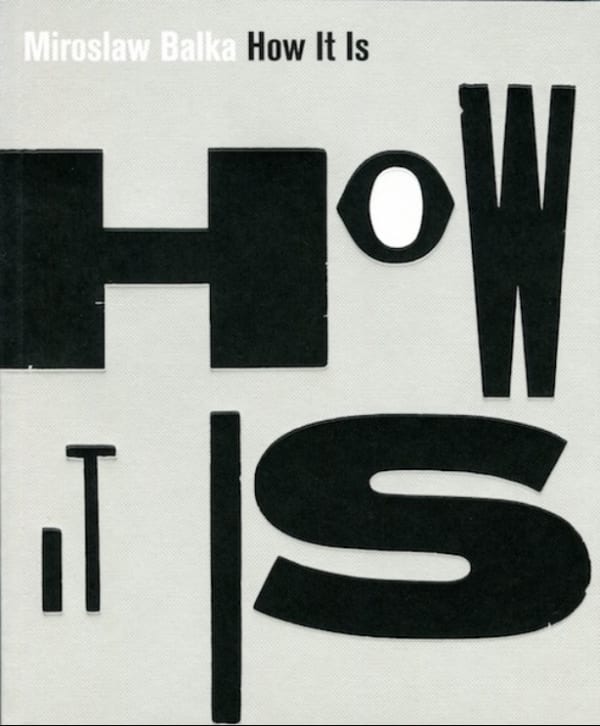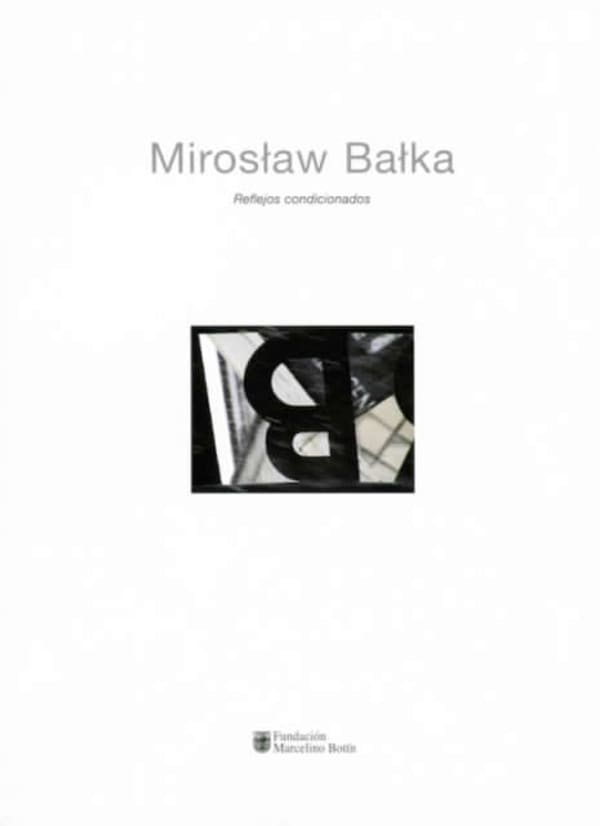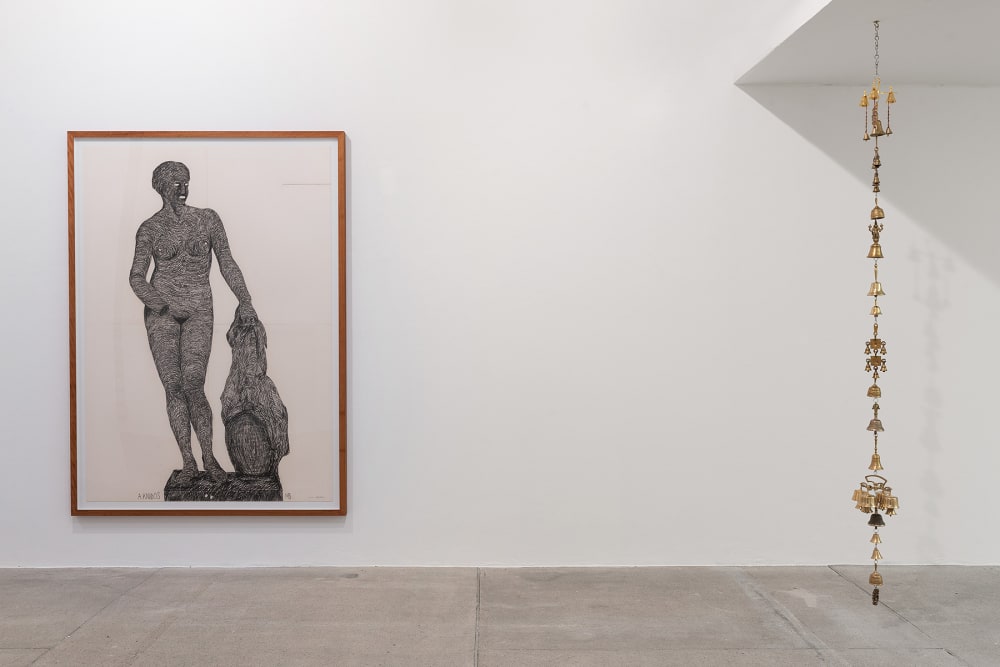Miroslaw Balka
Works
Biography
Miroslaw Balka was born in 1958 in Warsaw, Poland. He lives and works in Otwock, Poland and Oliva, Spain.
He works with Galleria Raffaella Cortese since 2004.
Comprising installation, sculpture, video, and drawing, Balka’s work has a bare and elegiac quality that is also underlined by the careful, minimalist placement of objects, as well as the gaps and pauses between them. Often using his own body as a “template” or first point of reference, Balka’s work might incorporate personal or self-referential substances such as ash, felt, salt, hairs and soap. Balka’s work deals with both personal and collective memories, especially as they relate to his Catholic upbringing and the collective experience of Poland’s fractured history. Through this investigation of domestic memories and public catastrophes, Balka explores how subjective traumas are translated into collective histories and vice versa. His materials are simple, everyday objects and things, often powerfully resonant of rituals and hidden memories.
Selected solo shows include: FADENSONNEN, Galerija Kula, Split, Croatia (2024); SEMPER FRAGMENTUM, Starmach Gallery, Kraków, Poland (2023); La Nube, Nordenhake Gallery, Mexico City, Mexico (2023); SCHLAFBROCKEN, Dvir Gallery, Paris, France (2022); nehtyM, Galleria Raffaella Cortese, Milan, Italy (2022); Conversation. Miroslaw Balka / Yudith Levin, Dvir Gallery, Brussels, Belgium (2021); Reconstrucción, Galería Juana de Aizpuru, Seville, Spain (2021); Red Nerve, Castello di Ama, Siena (2019); 30/5780, [(.;,:?!–…)], Muzeum Śląskie, Katowice; (2017) DIE SPUREN, Museum Morsbroich, Leverkusen (2017); CROSSOVER/S, Pirelli HangarBicocca, Milan (2017); Nerve.Construction, Muzeum Sztuki MS1, Lodz (2015); Fragment, Akademie Der Kunste, Berlin and CCA Warsaw (2011); Ctrl, Monasterio San Domingo de Silos, Museo Reina Sofia, Madrid (2010); Topography, Modern Art Oxford, Oxford (2009); How It Is, Turbine Hall at the Tate Modern, London (2009); AAA + rauchsignale, Museum of Modern and Contemporary Art, Rijeka (2007); Tristes Tropiques, Irish Museum of Modern Art, Dublin (2007); Lichtzwang, K21 Kunstsammlung Nordrhein Westfalen, Düsseldorf (2006); Eclipse, Kröller-Müller Museum, Otterlo (2001).
Miroslaw Balka has participated in major exhibitions worldwide including: Soap culture, accompanying exhibition The 60th International Art Exhibition, Venice, Italy (2024); This Is Just an Exhibition, Galeria Labirynt, Lublin, Poland (2024); Collection and Architecture, The Serralves Museum, Porto, Portugal (2024); Absolute Chairs, The Museum of Modern Art, Saitama, Japan (2024); Et spørsmål om tid (Wish You Were Here), Vigeland Museet, Oslo, Norway (2023); Rainbow. Colori e meraviglie tra miti, arti e scienza, Mudec, Milan, Italy (2023); Venice Biennale (1990, 2003, 2005, 2013; representing Poland in 1993); documenta IX, Kassel (1992); Sydney Biennale (1992, 2006), The Carnegie International, Pittsburgh (1995), São Paulo Biennale (1998), Liverpool Biennial (1999), Santa Fe Biennale (2006). In 2009 he presented the special project How It Is for the Unilever Series, Turbine Hall, Tate Modern, London. He is the author of the Memorial to the Victims of the Estonia Ferry Disaster in Stockholm (1997), and numerous spatial works including AUSCHWITZWIELICZKA, Cracow (2010), and HEAL, University of California, San Francisco (2009). A series of conversations between Miroslaw Balka and professor Zygmunt Bauman was published in 2012. In 2015 the artist created the stage design for Paweł Mykietyn’s Magic Mountain opera. He has participated in panel discussions with many distinguished speakers including Juan Vicente Aliaga, Julian Heynen, Anda Rottenberg, Kasia Redzisz, Anja Rubik, Joseph Rykwert and Vicente Todolí.
